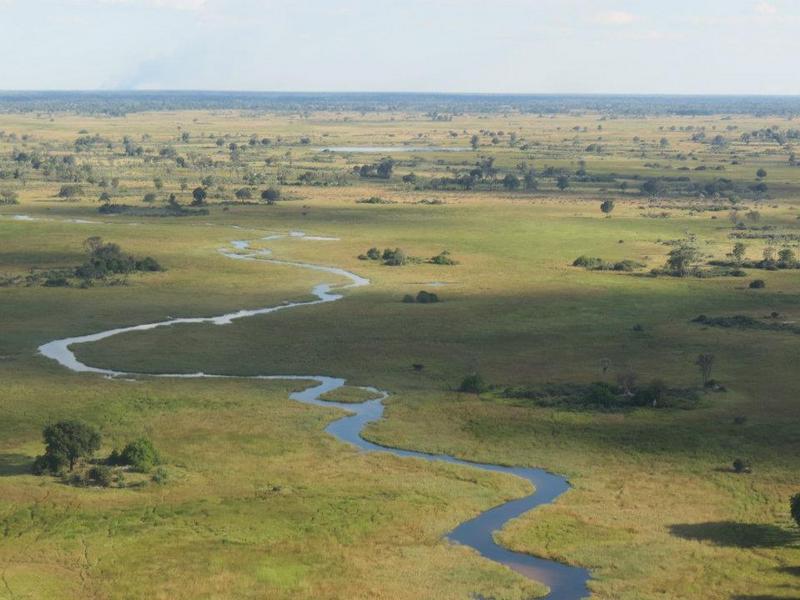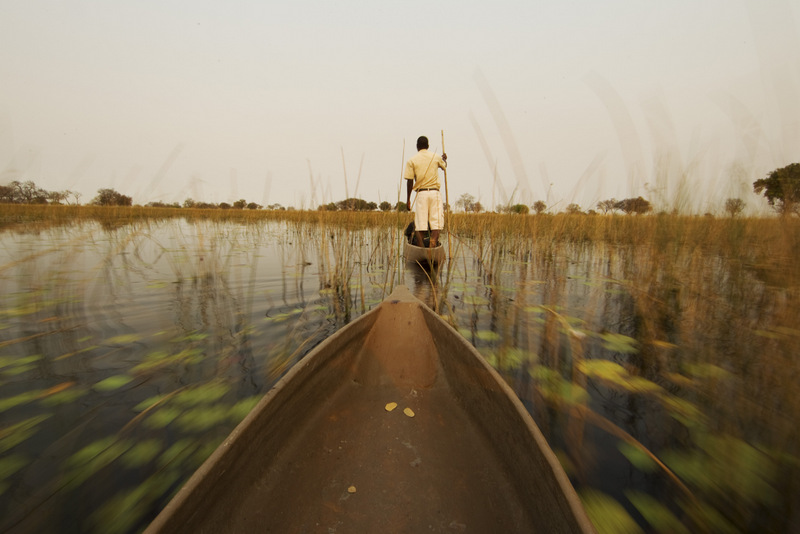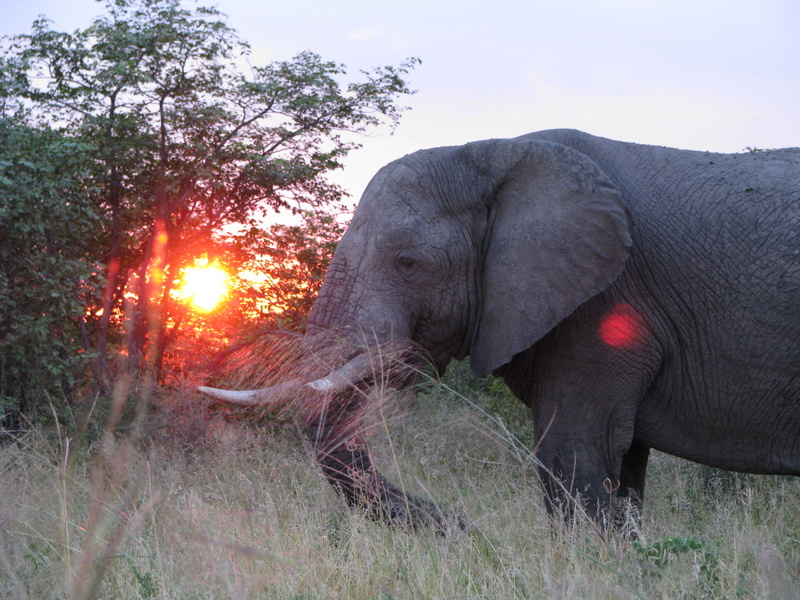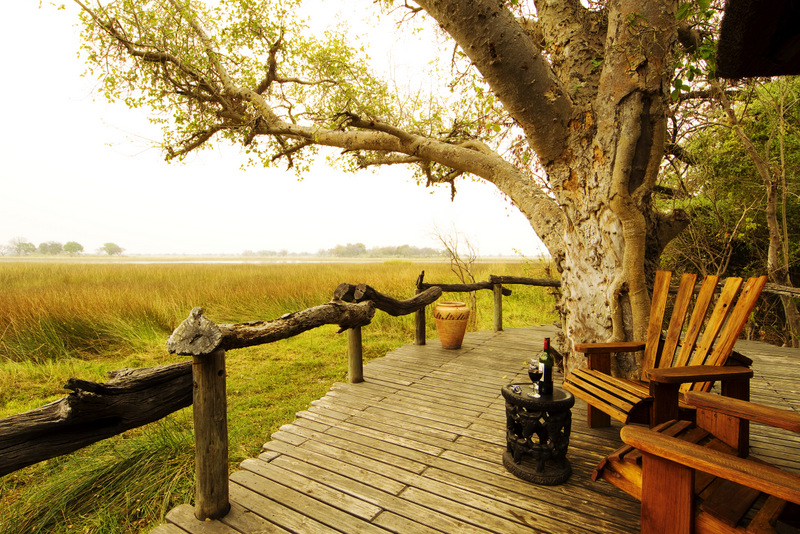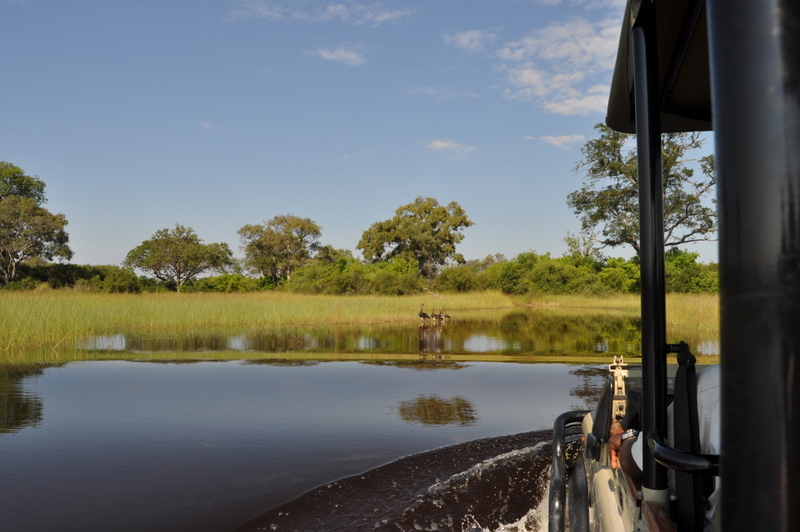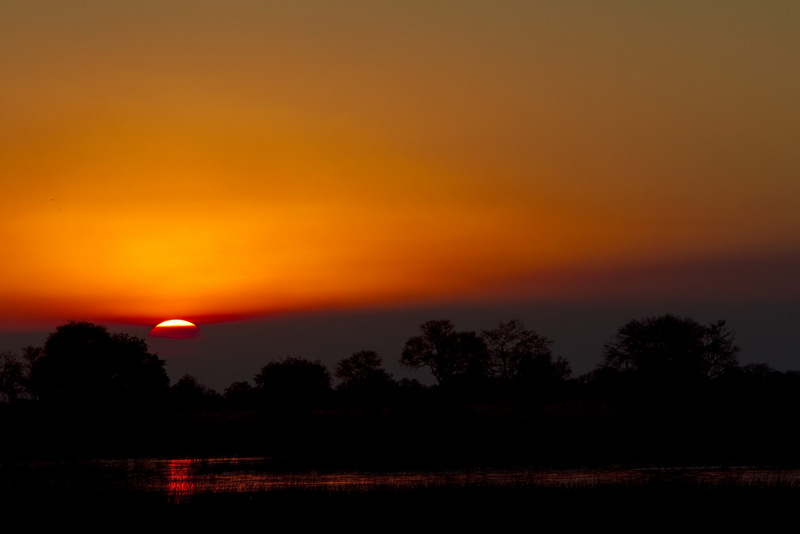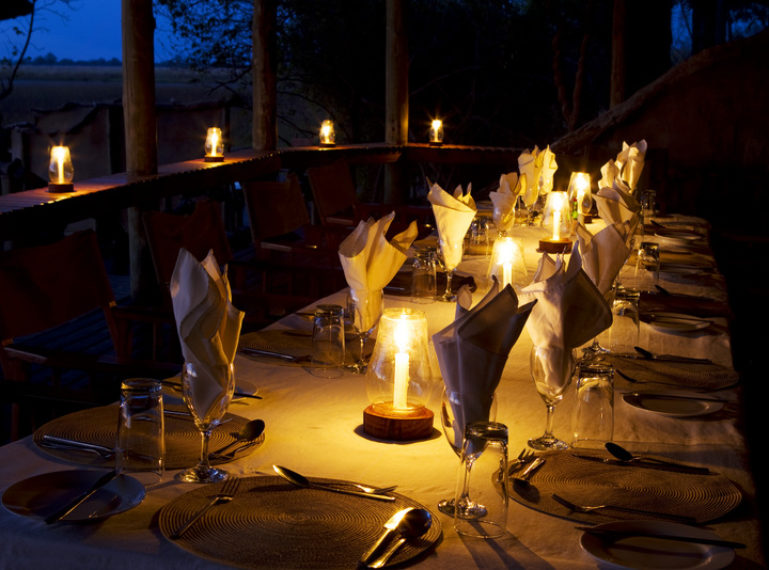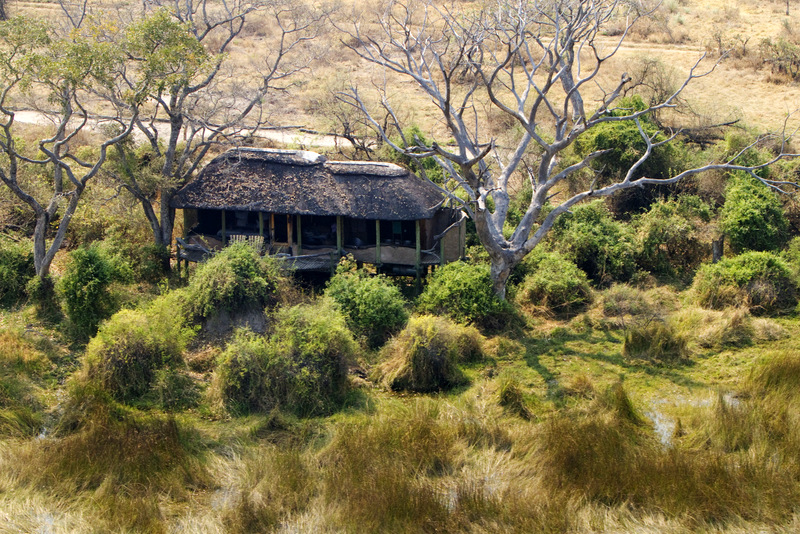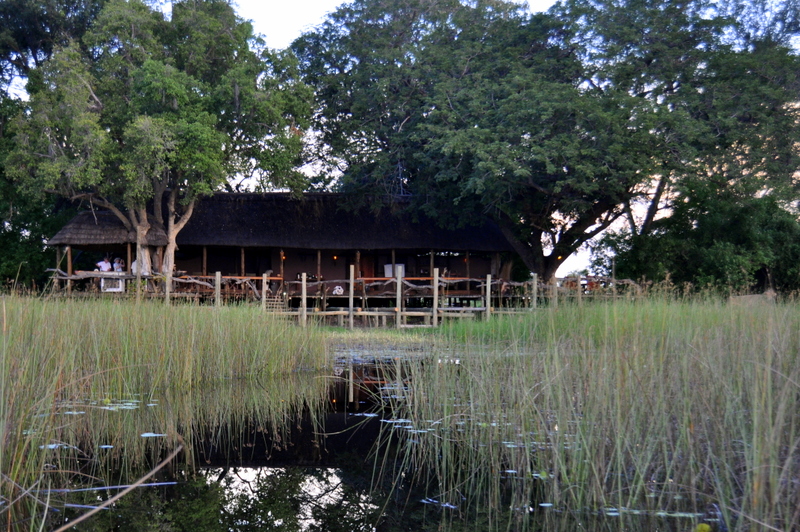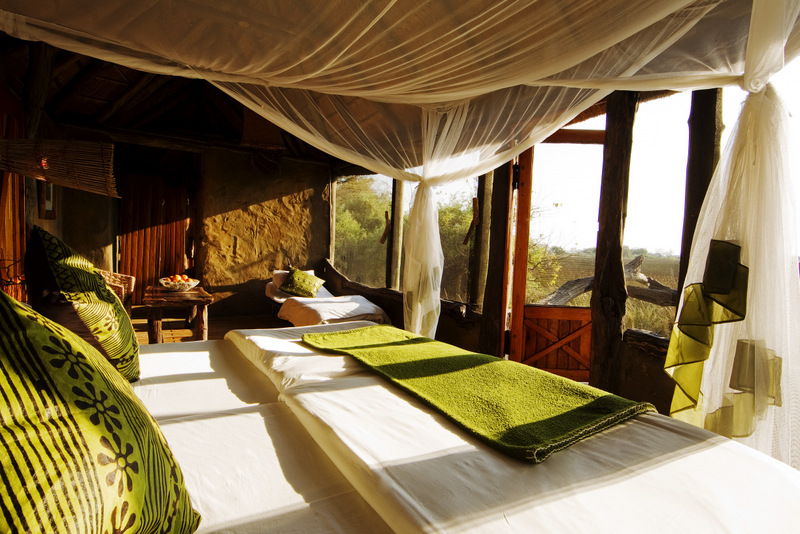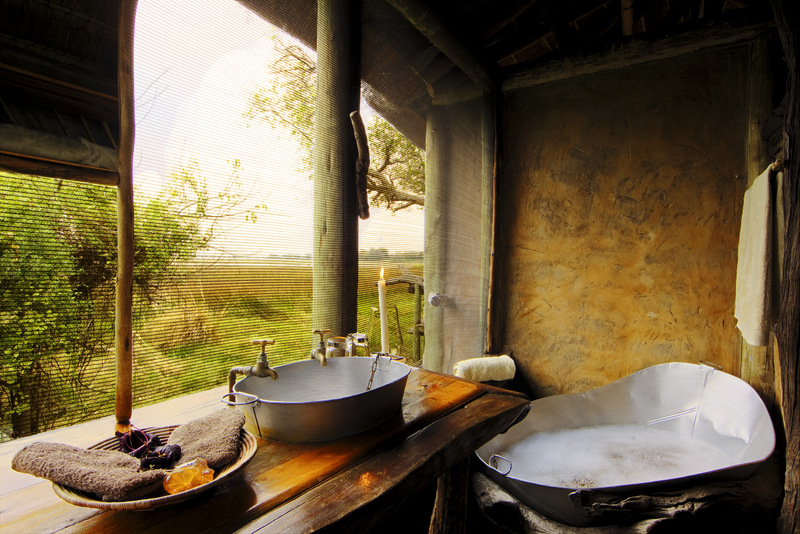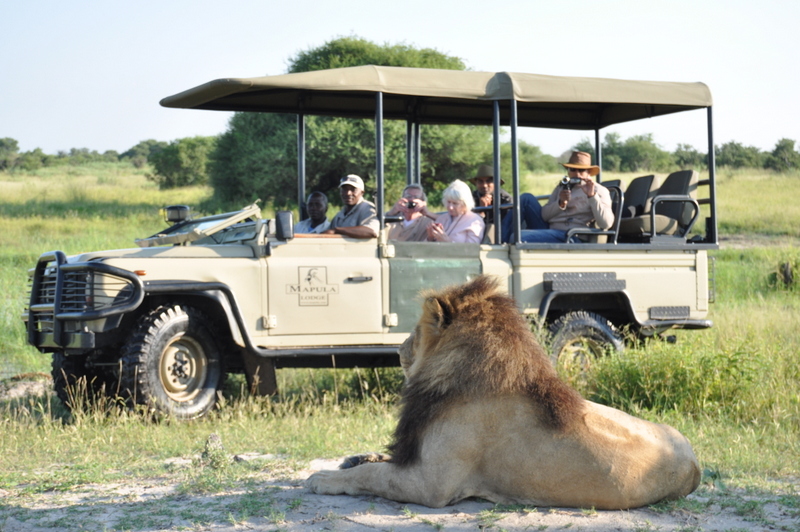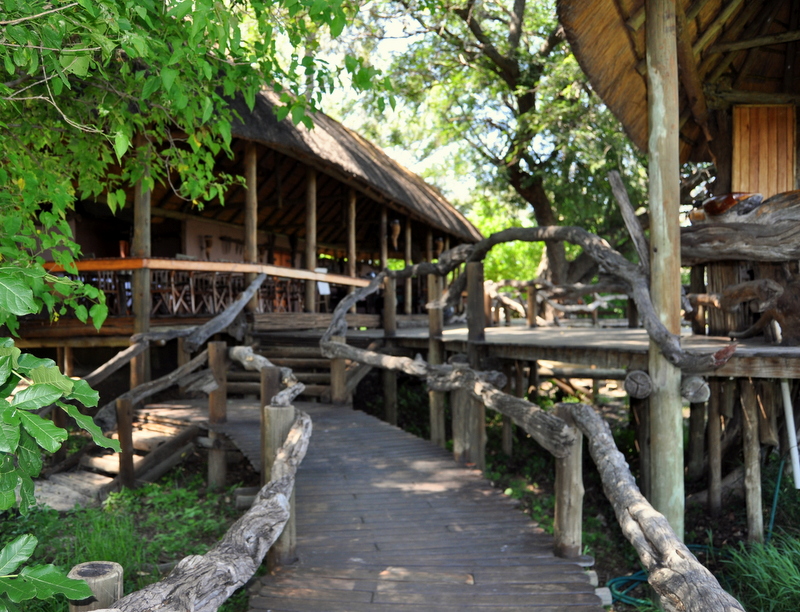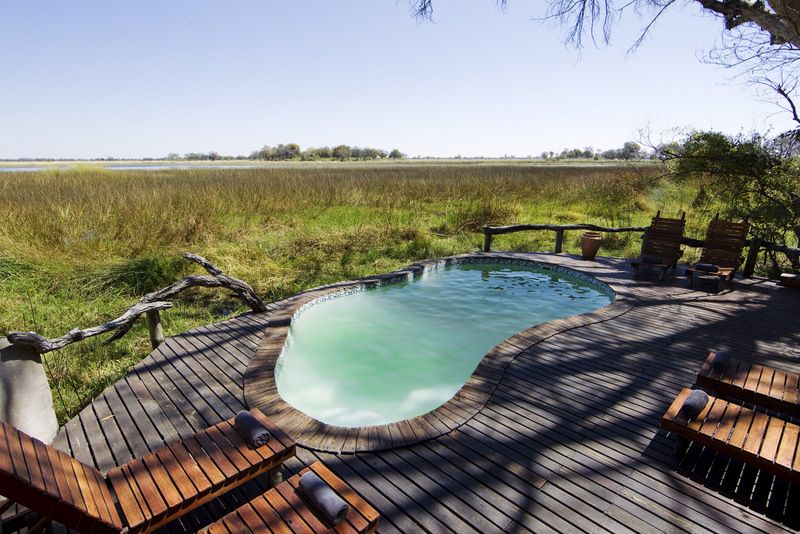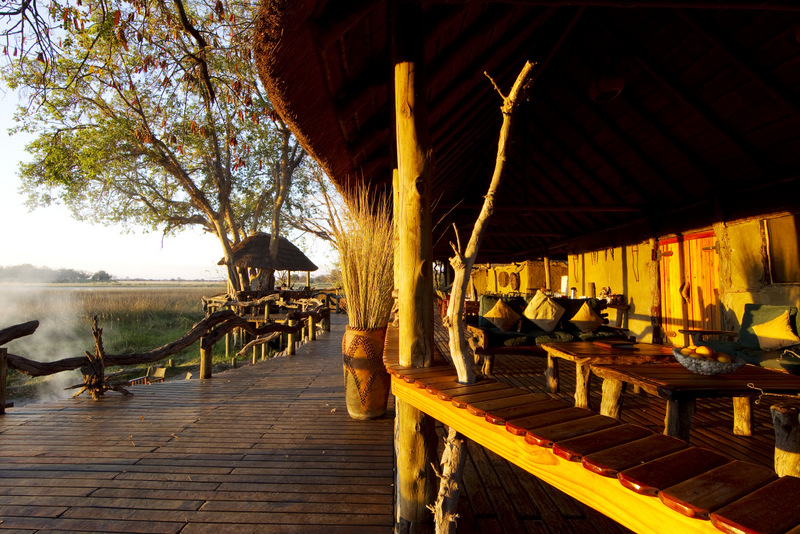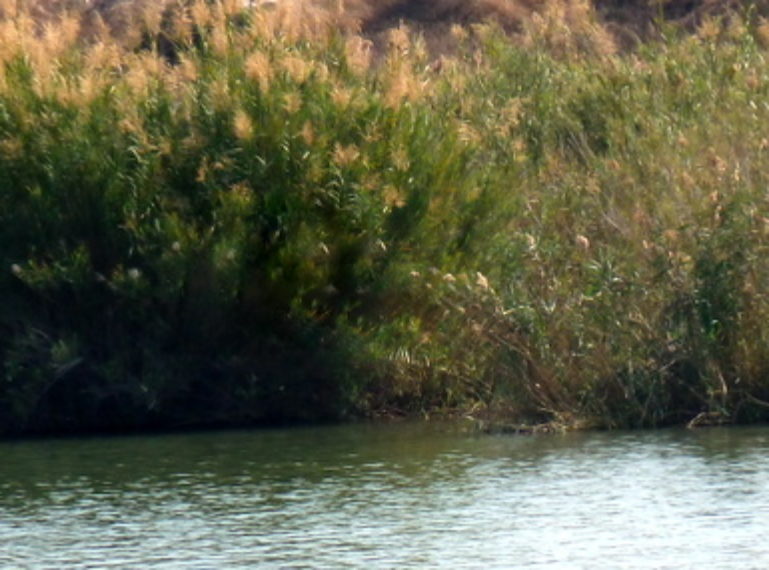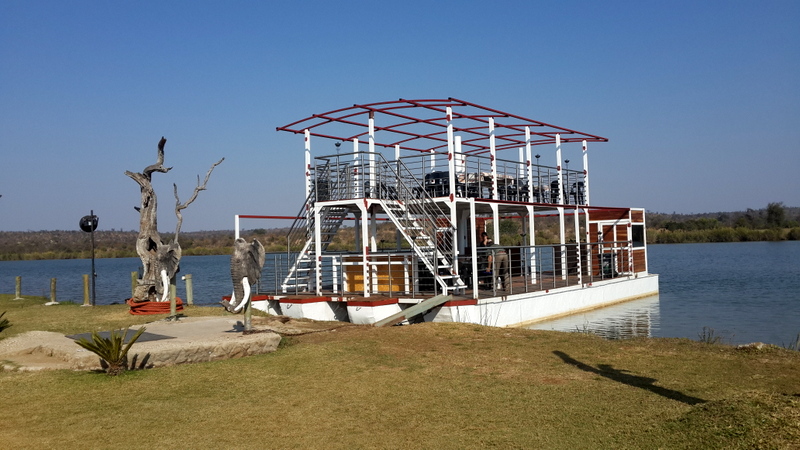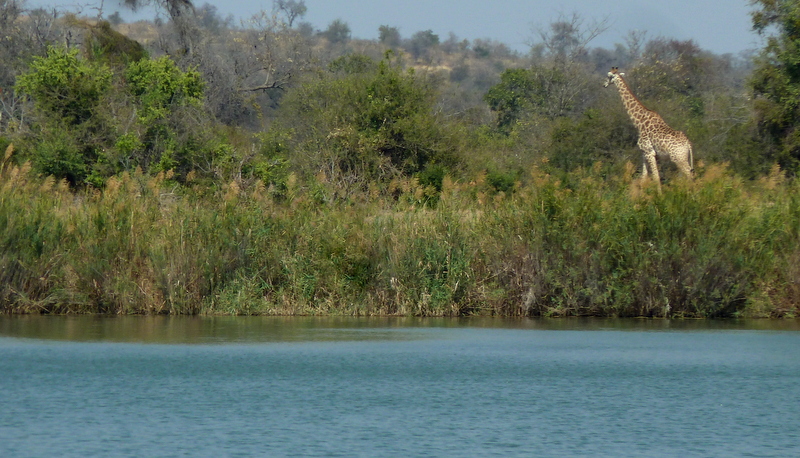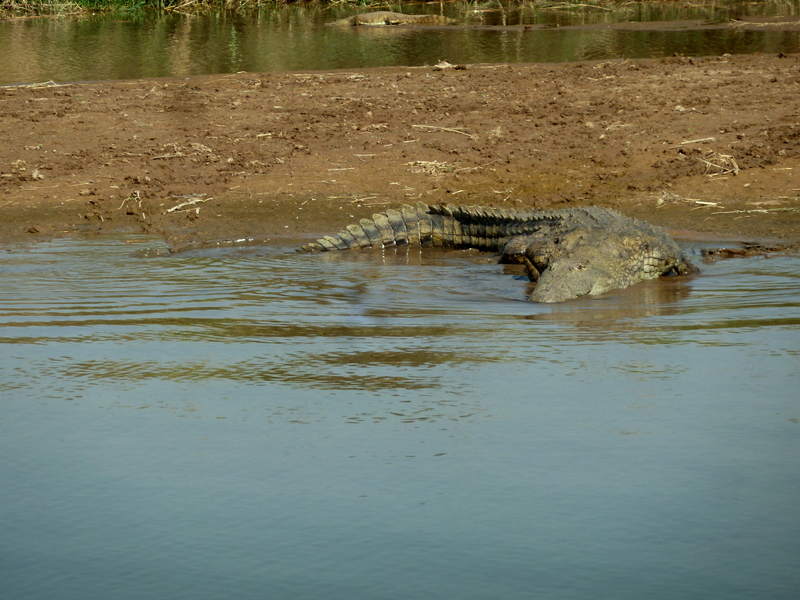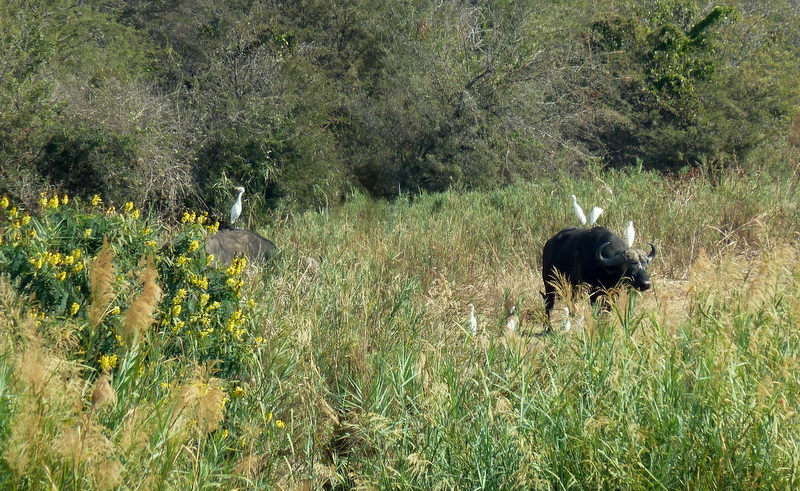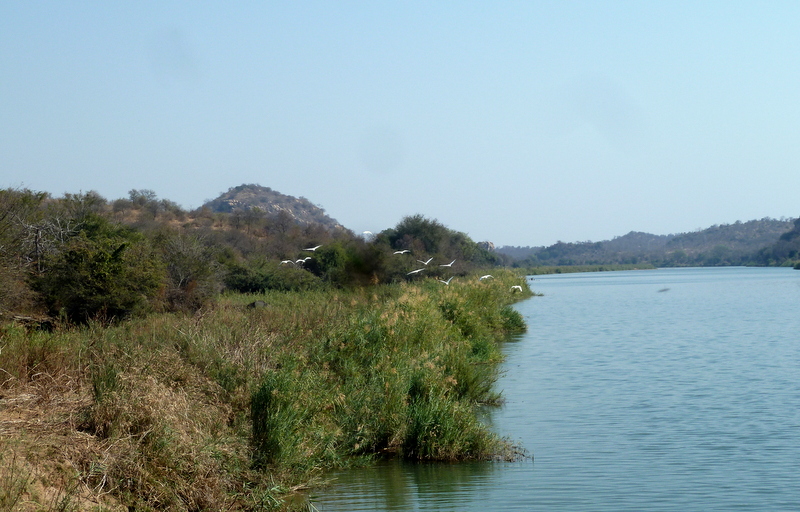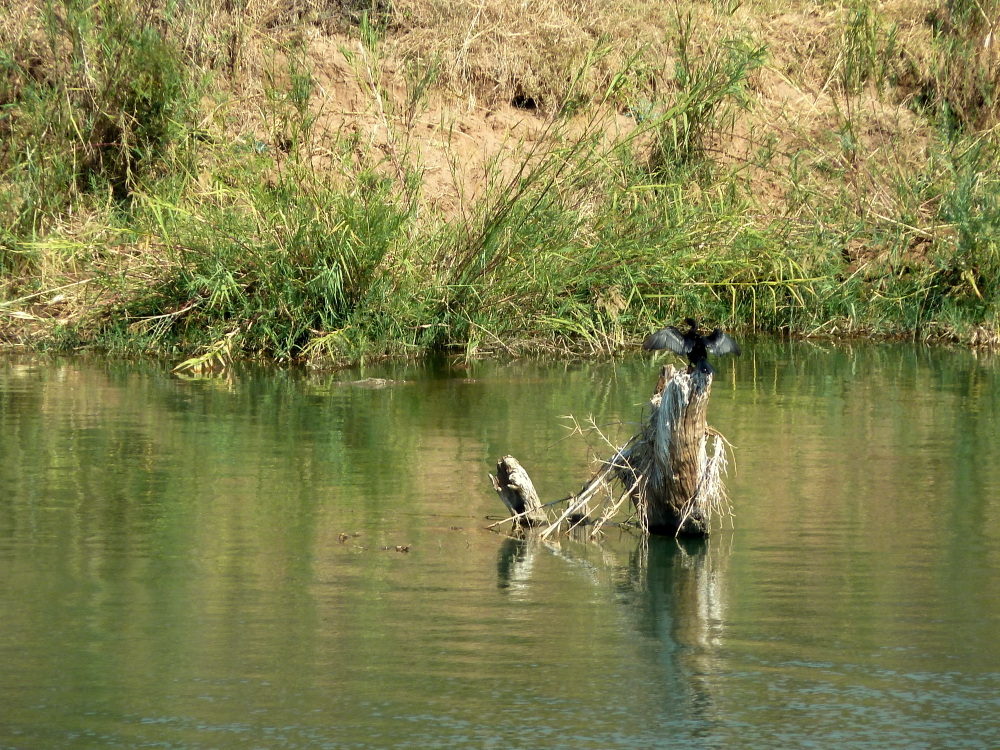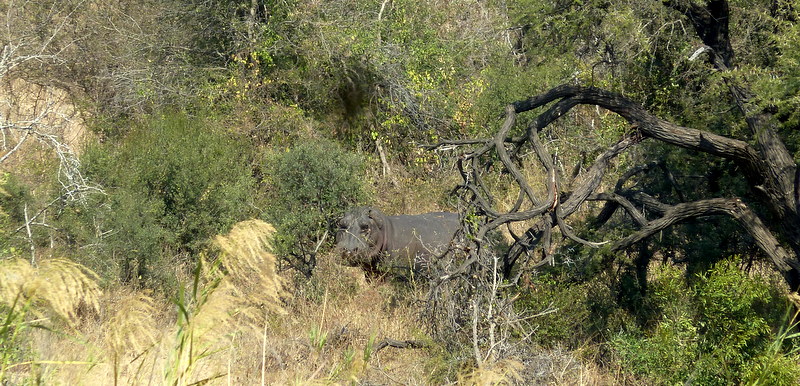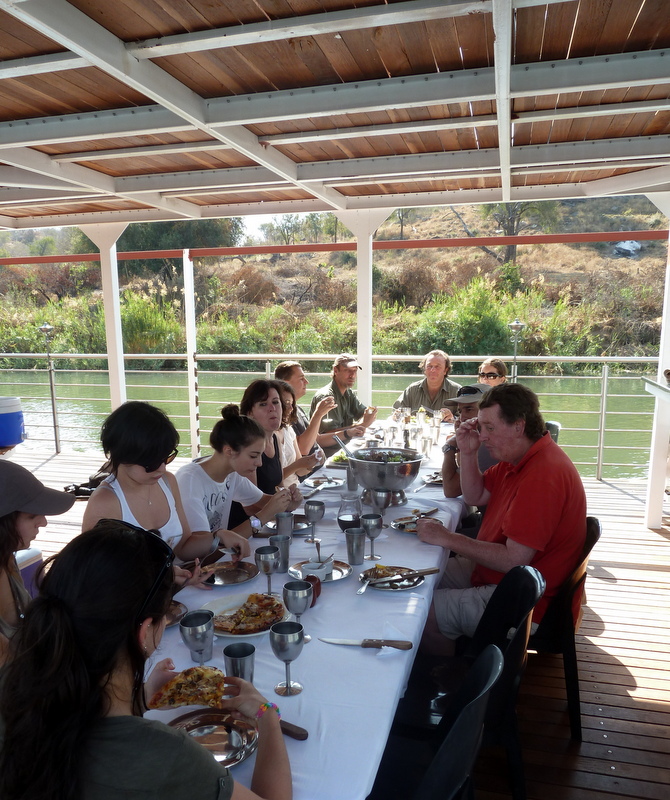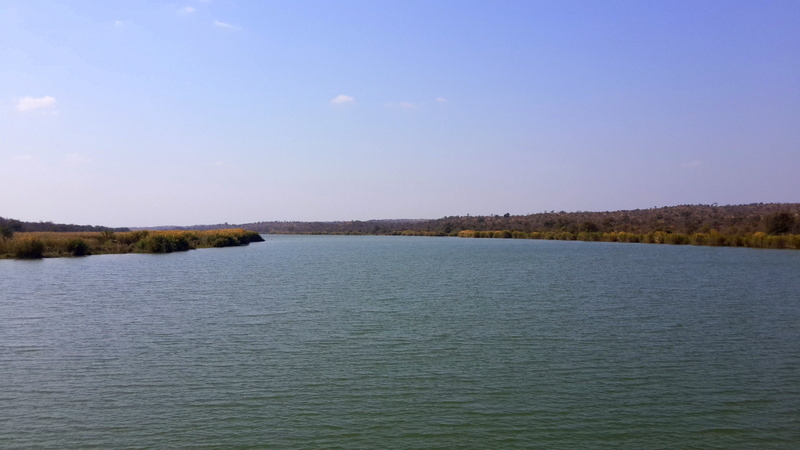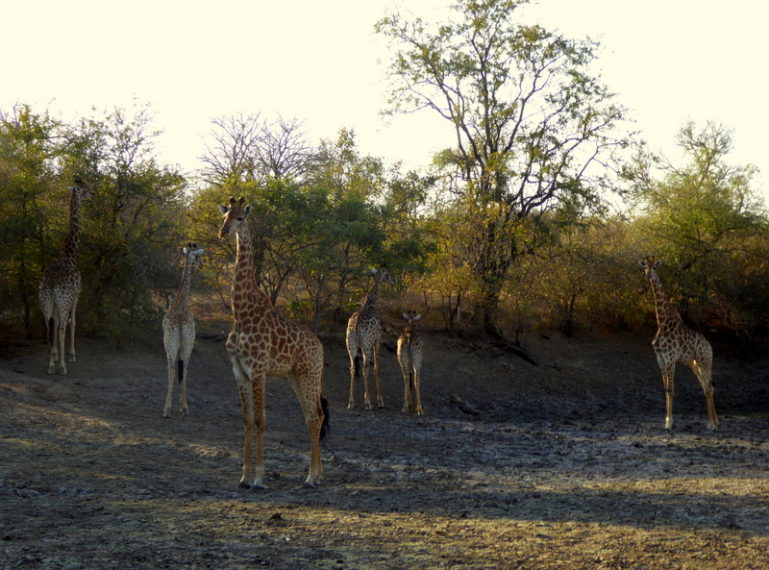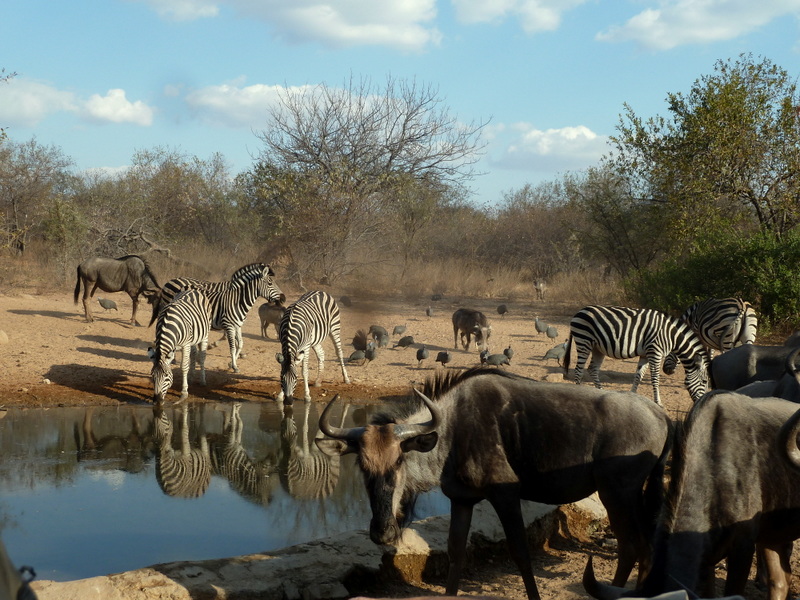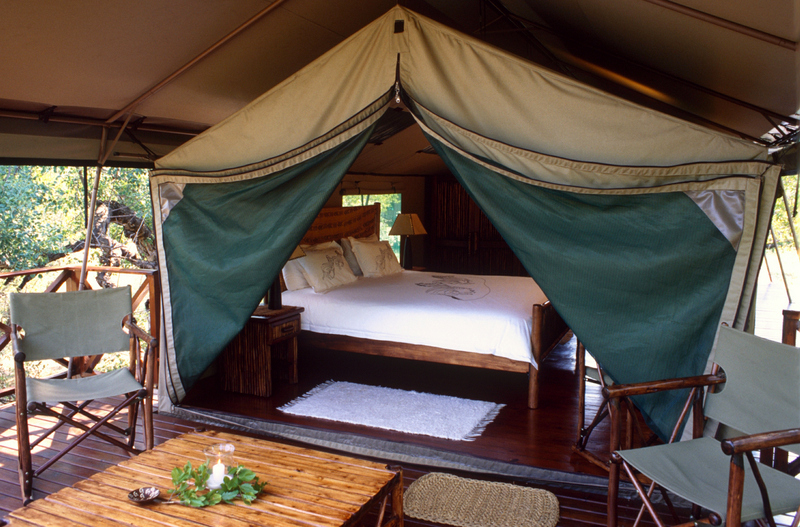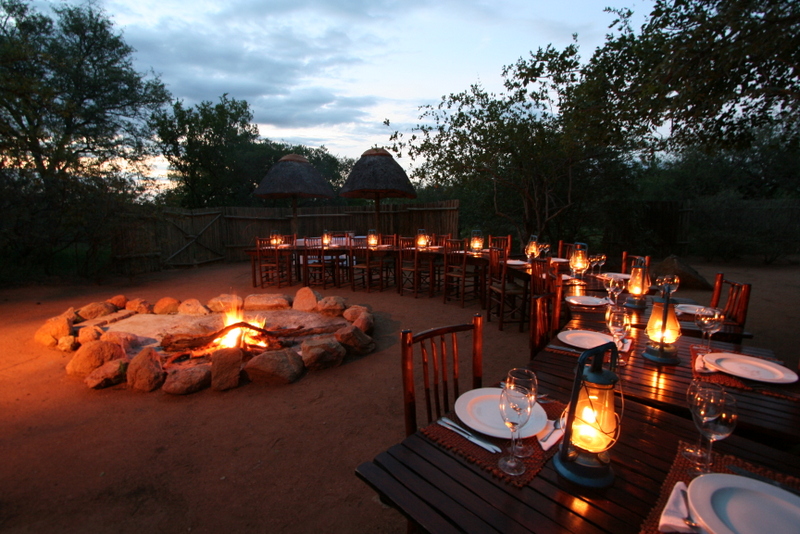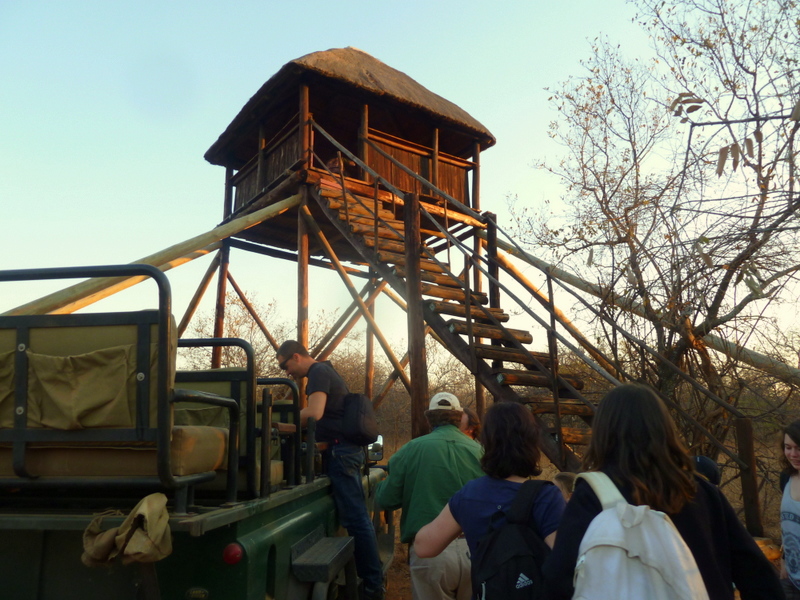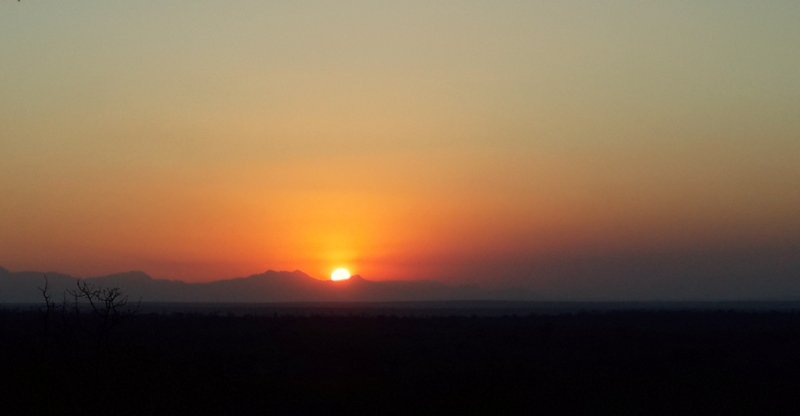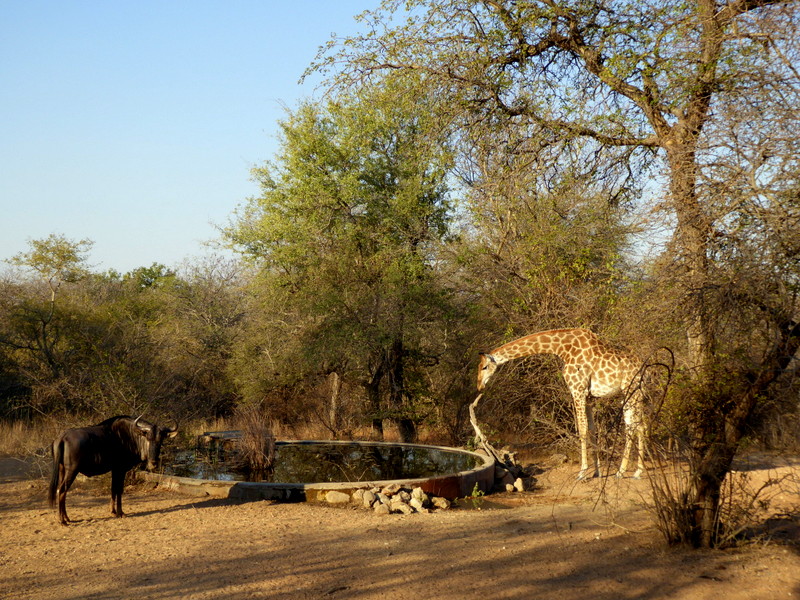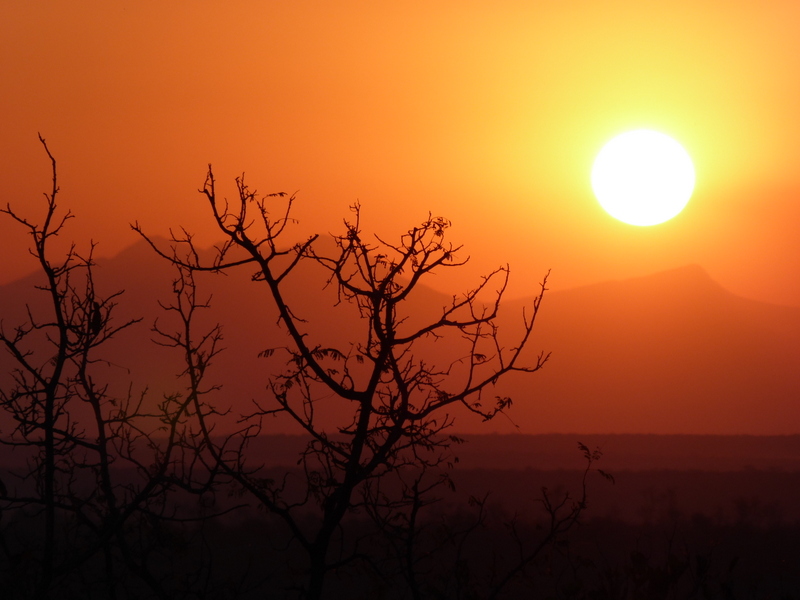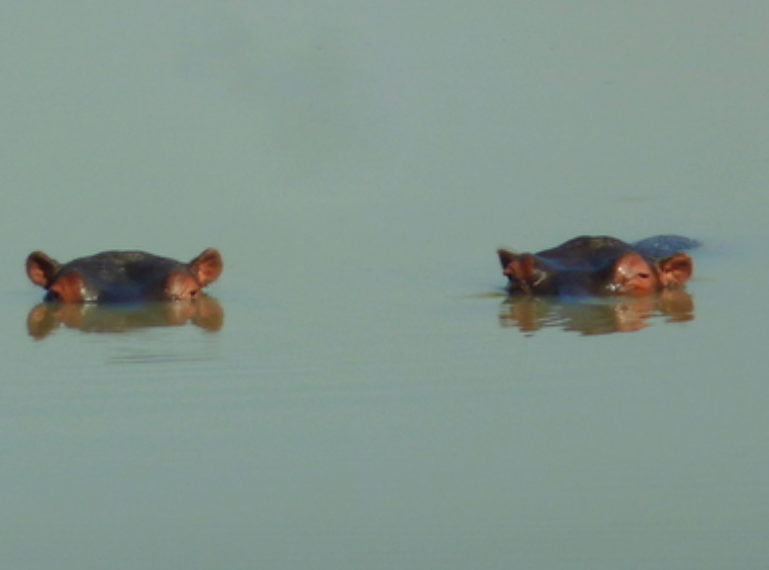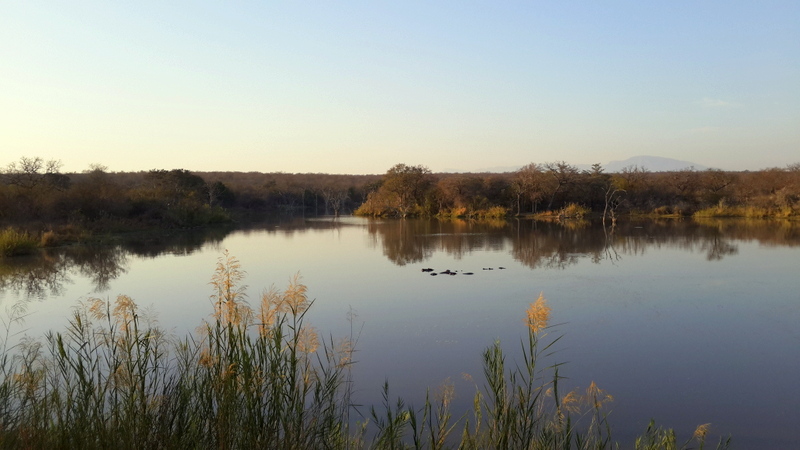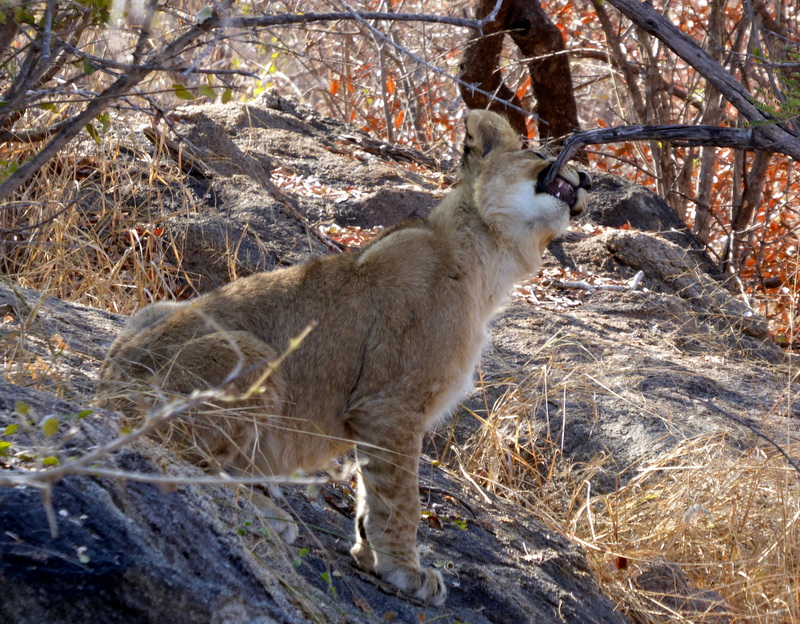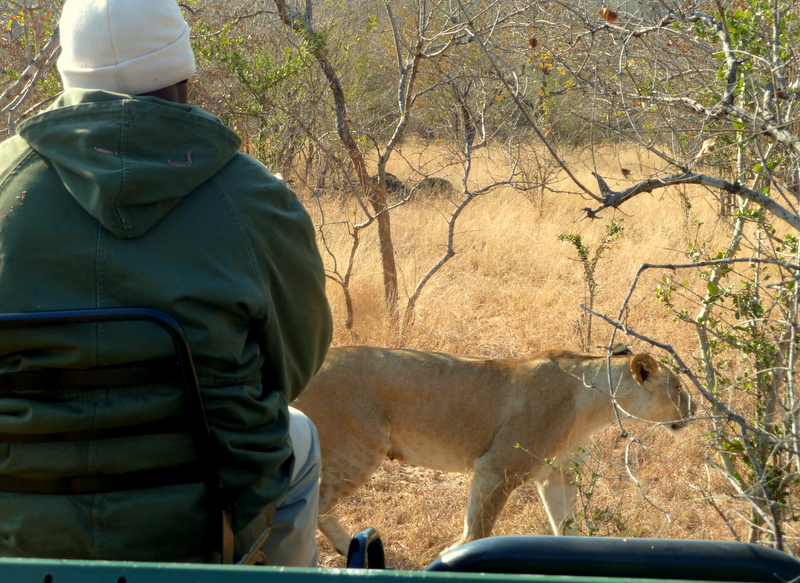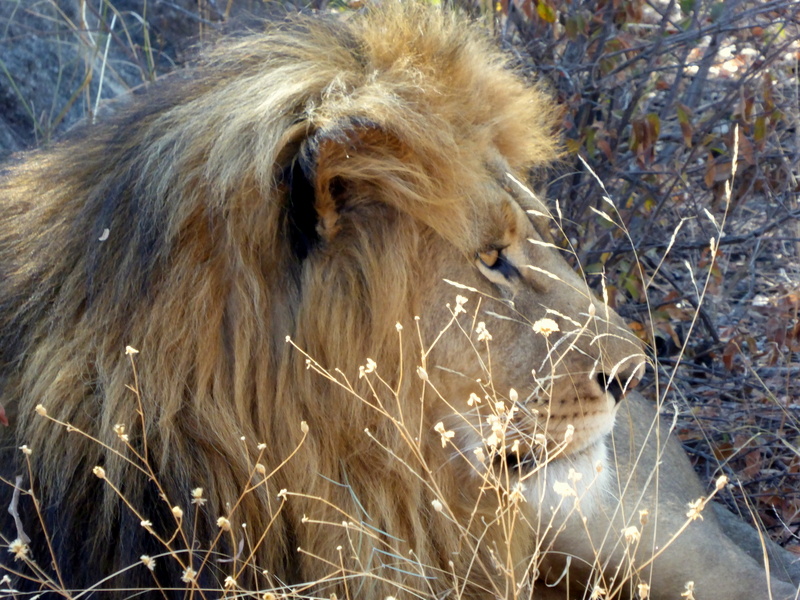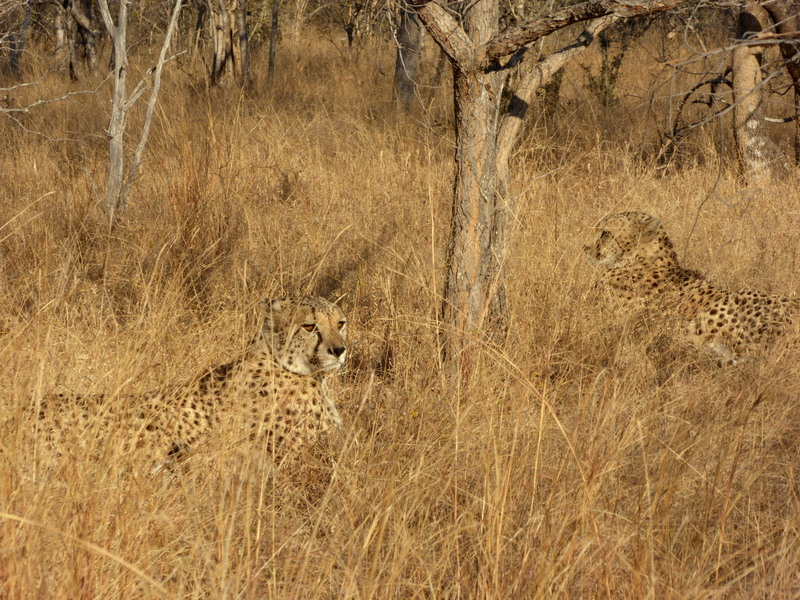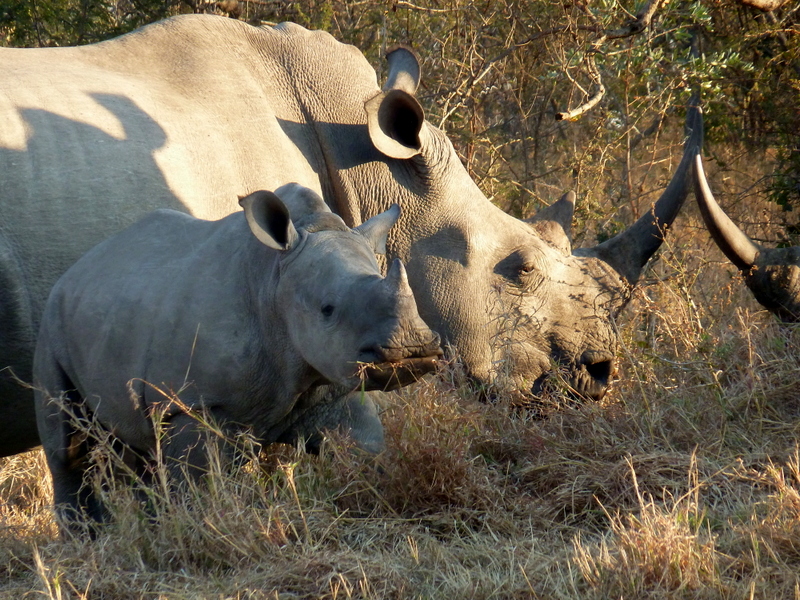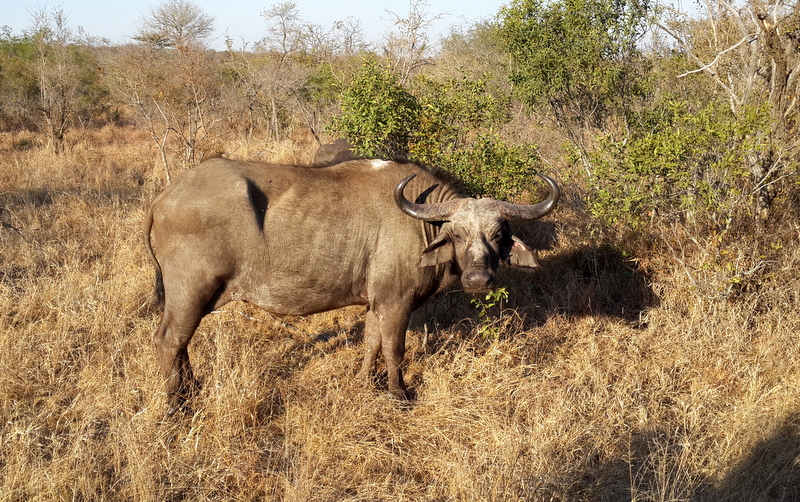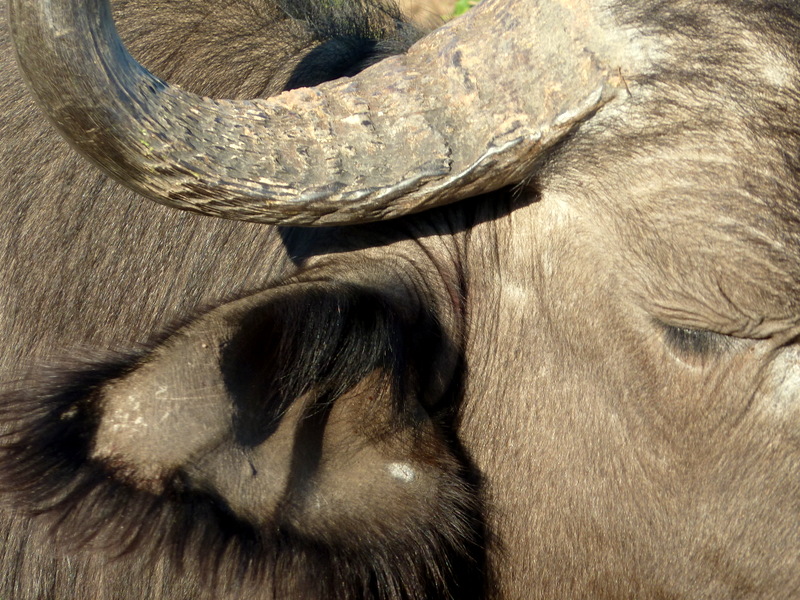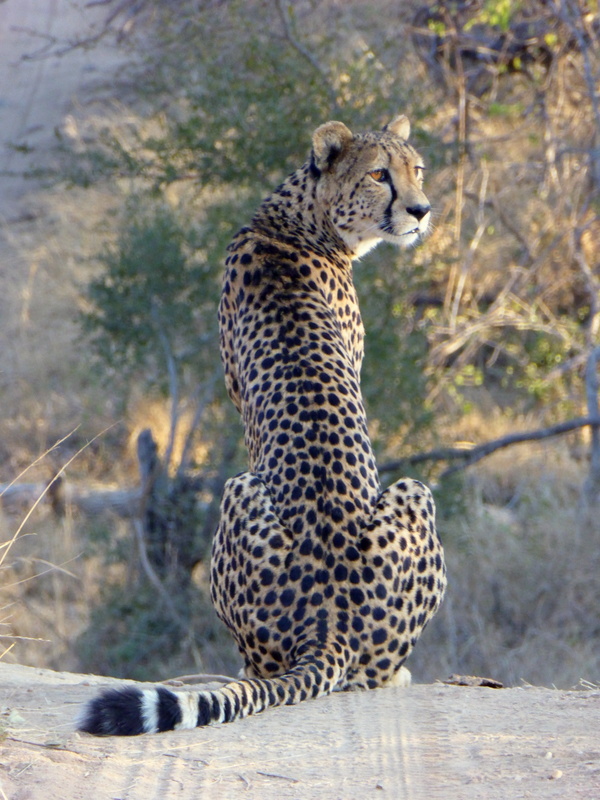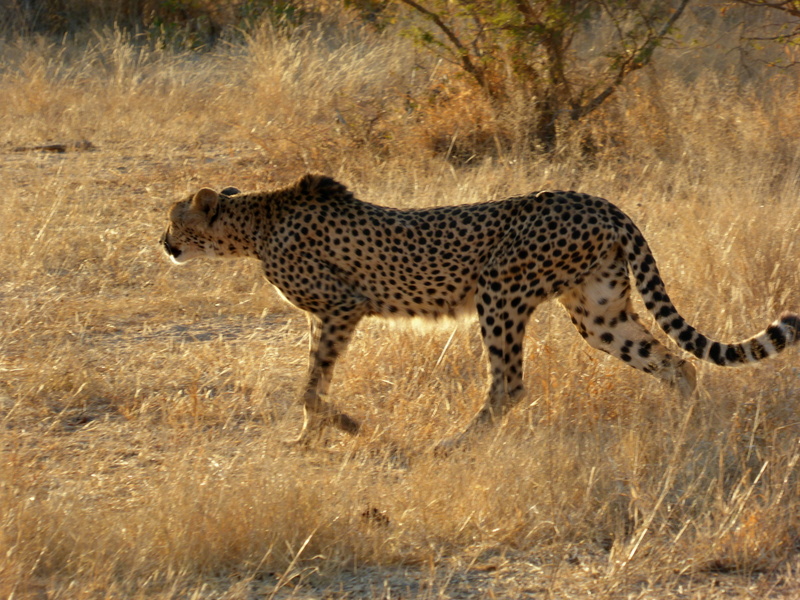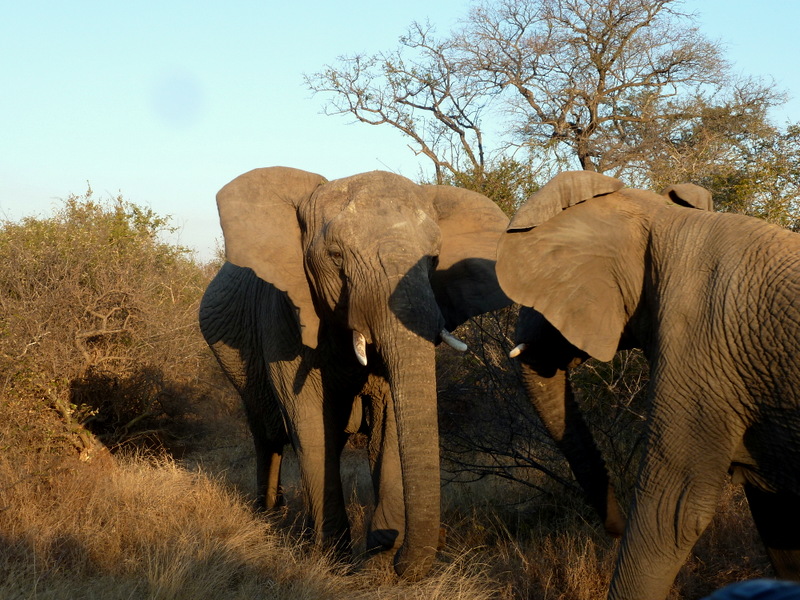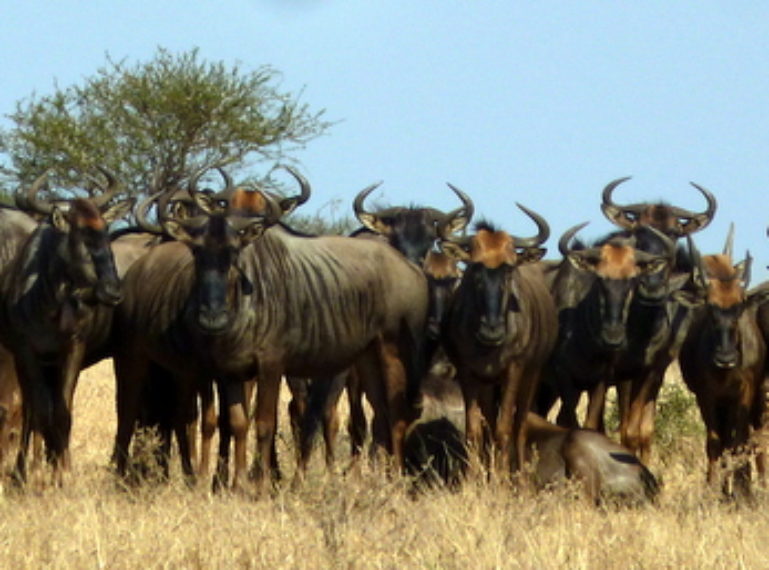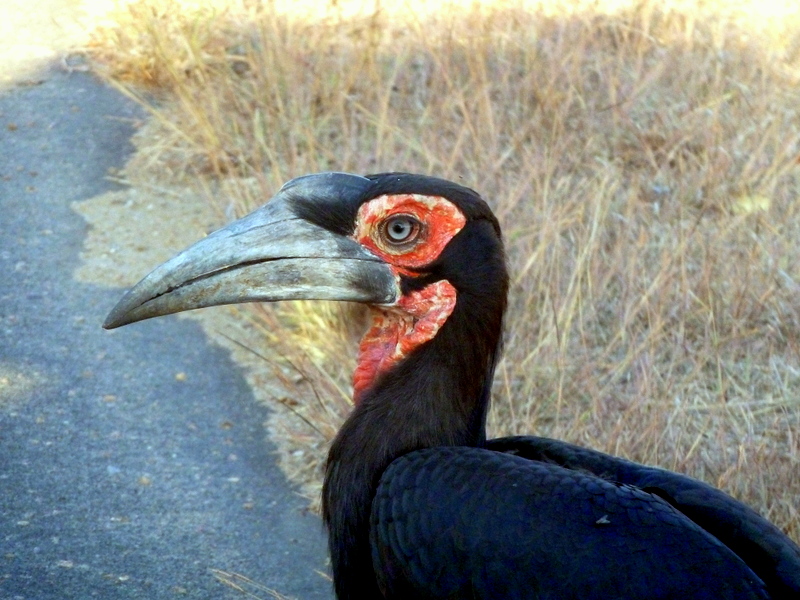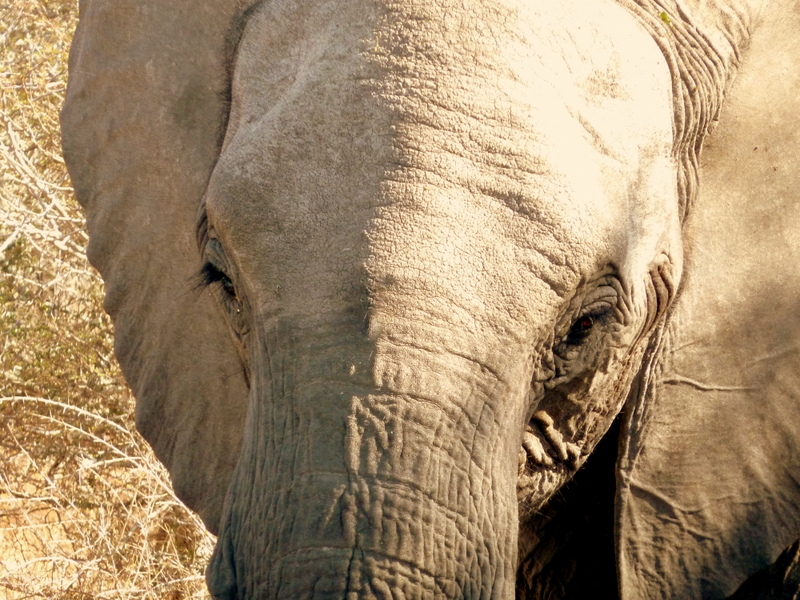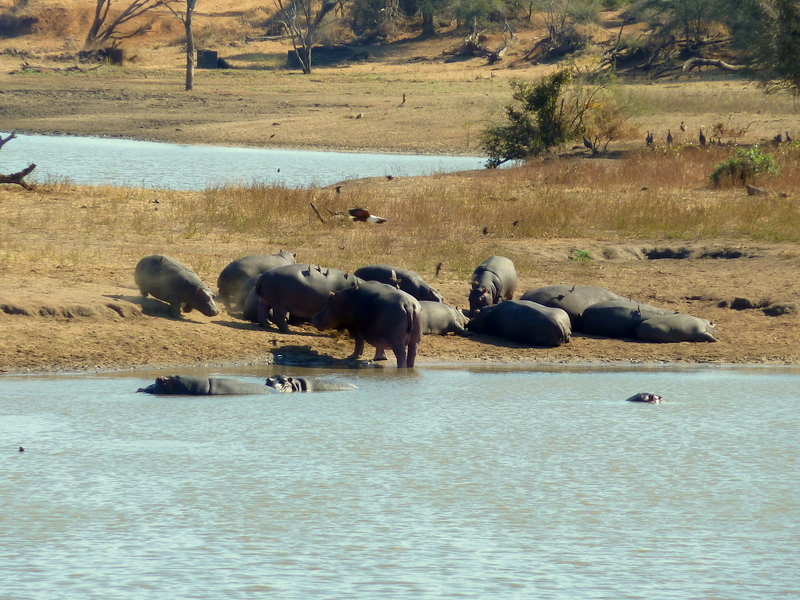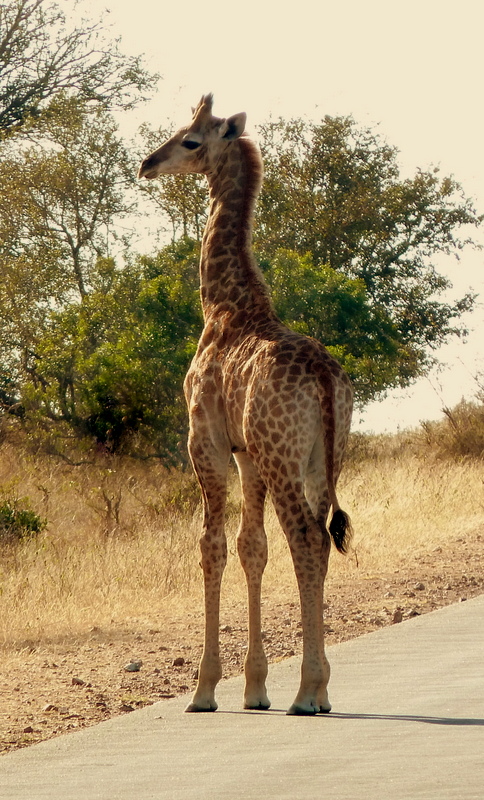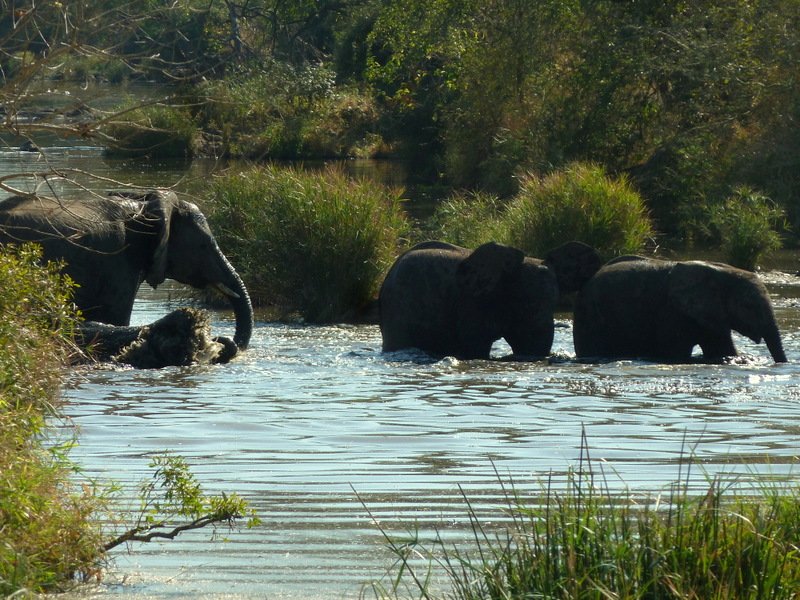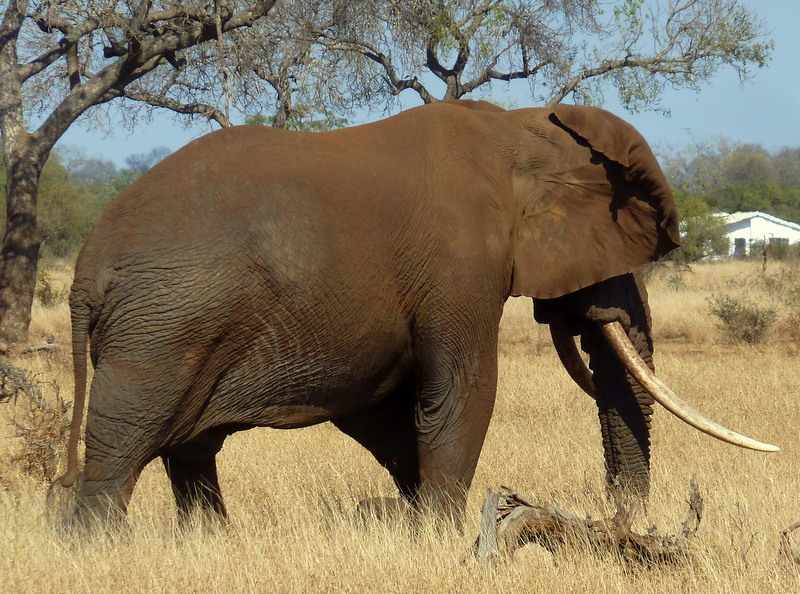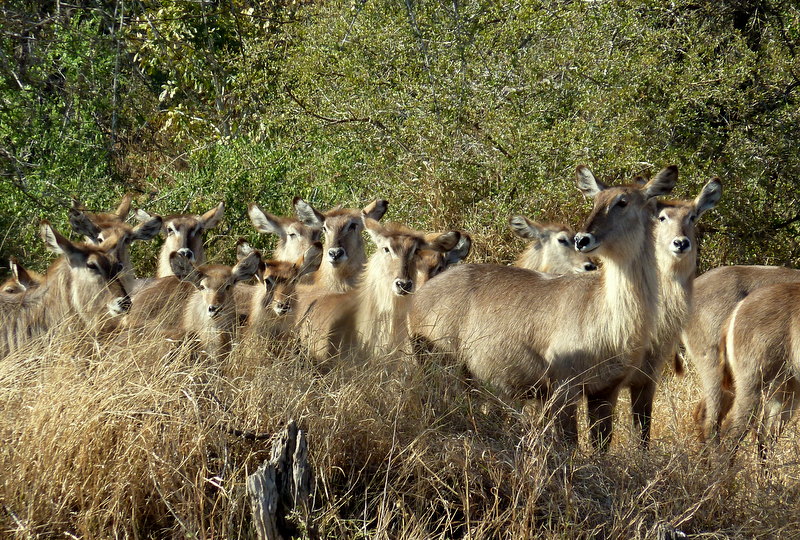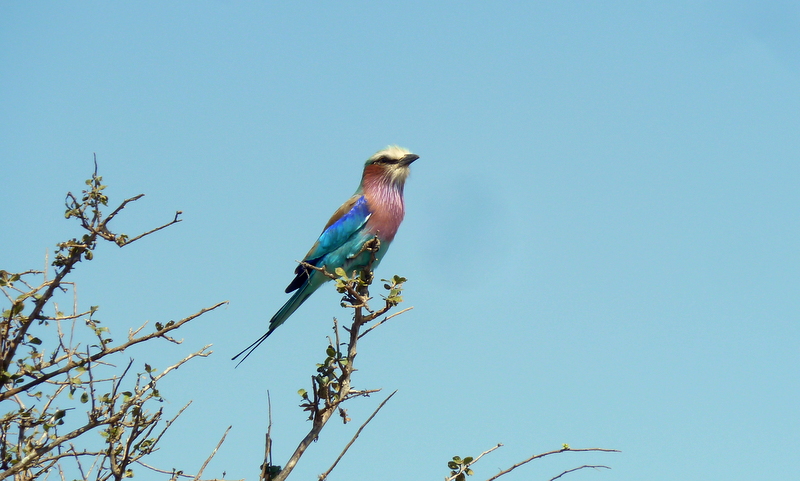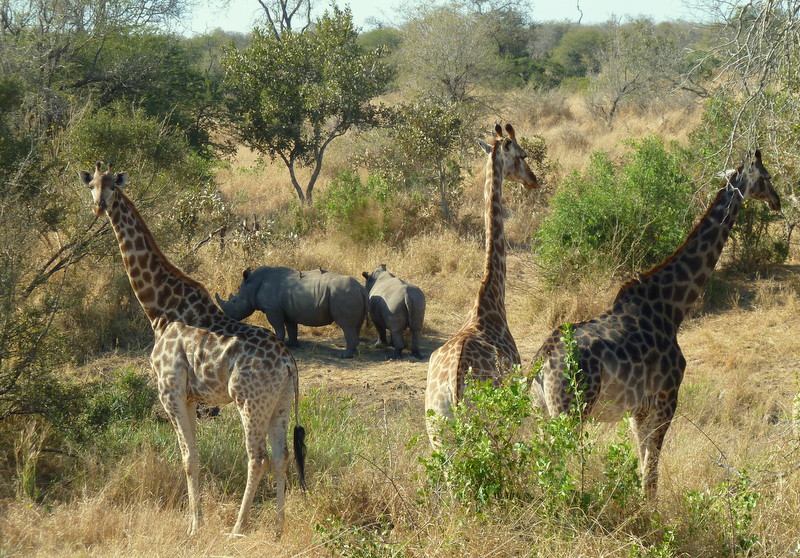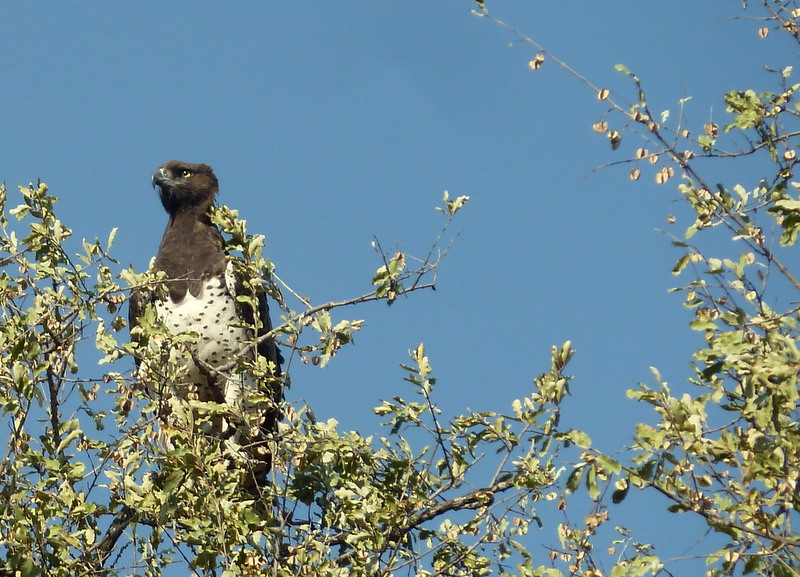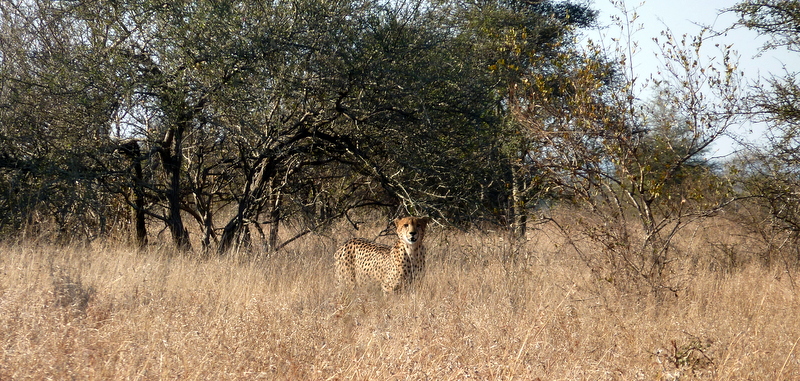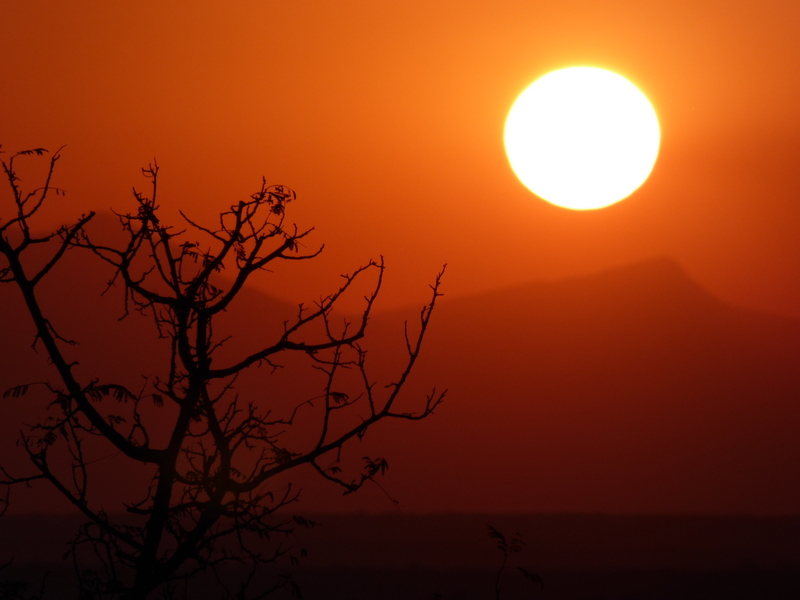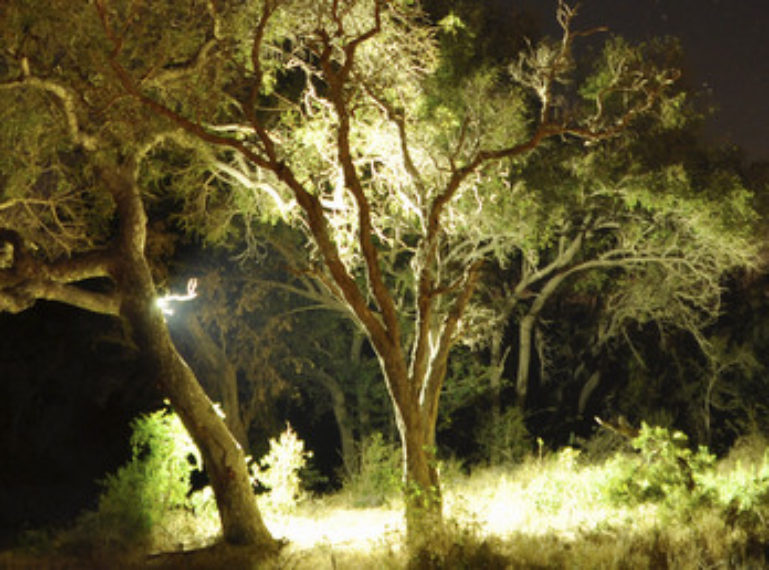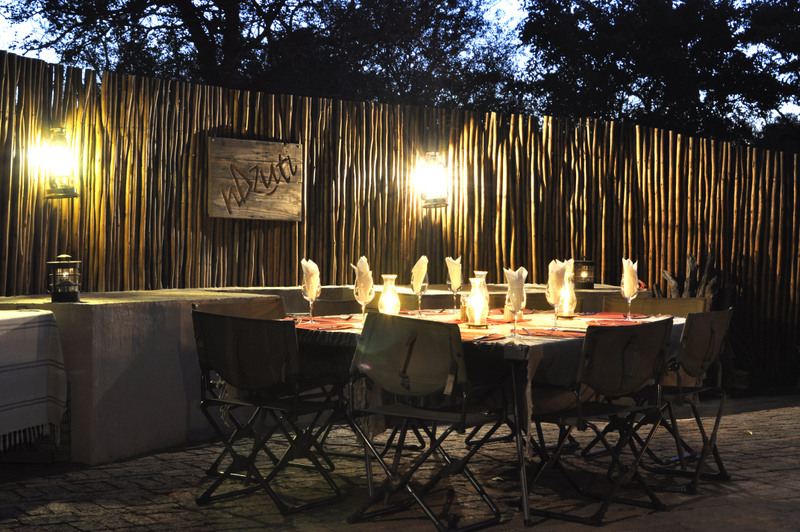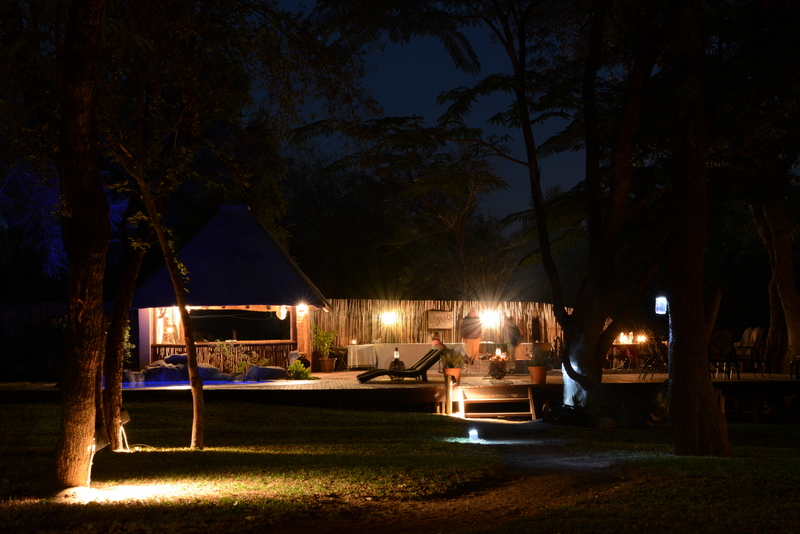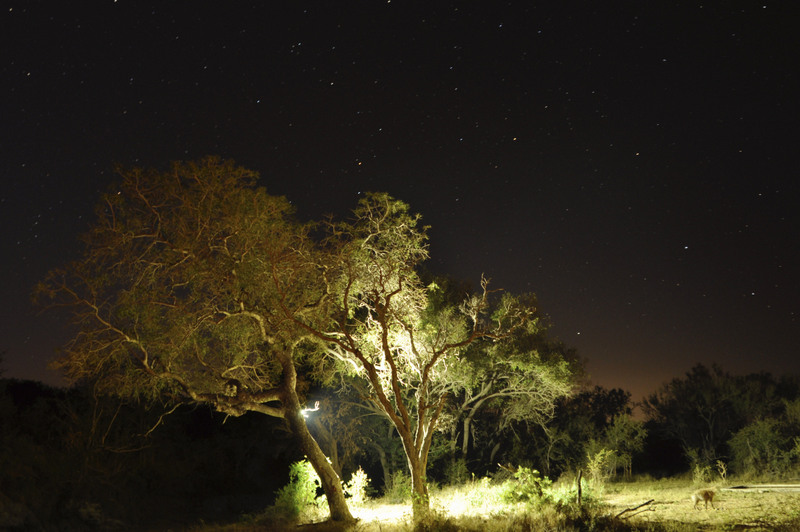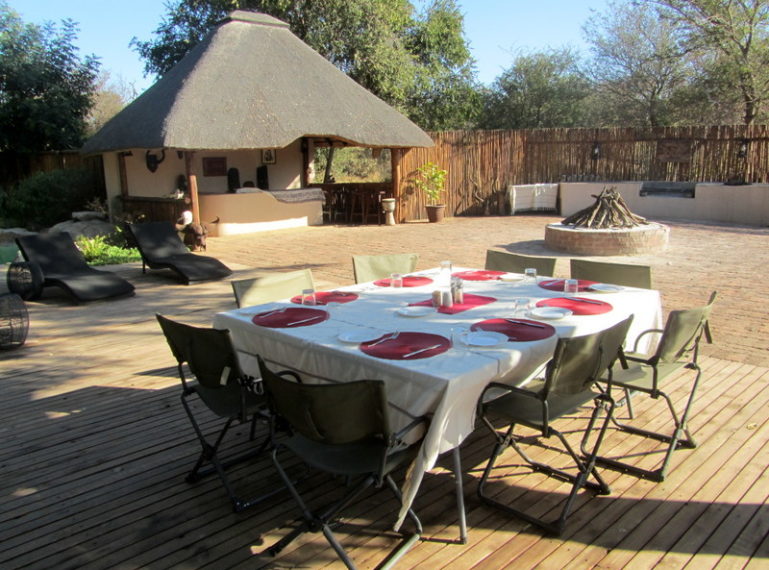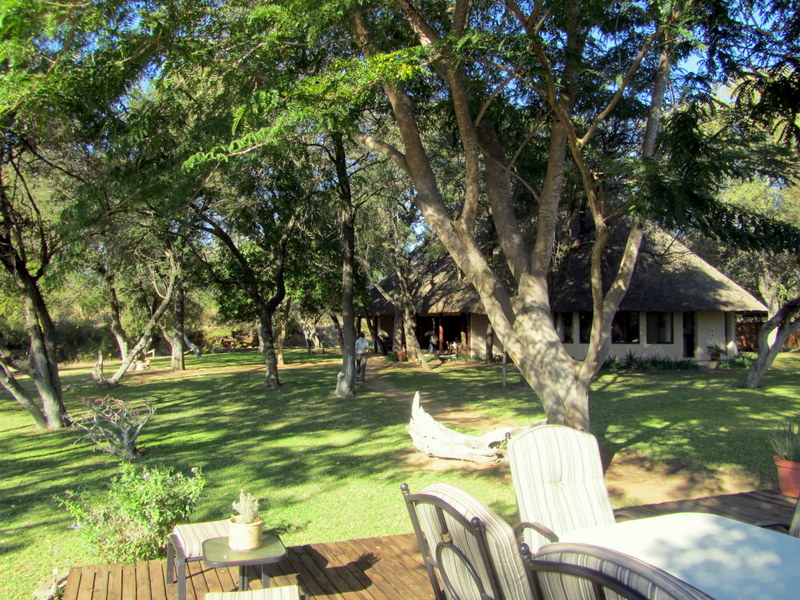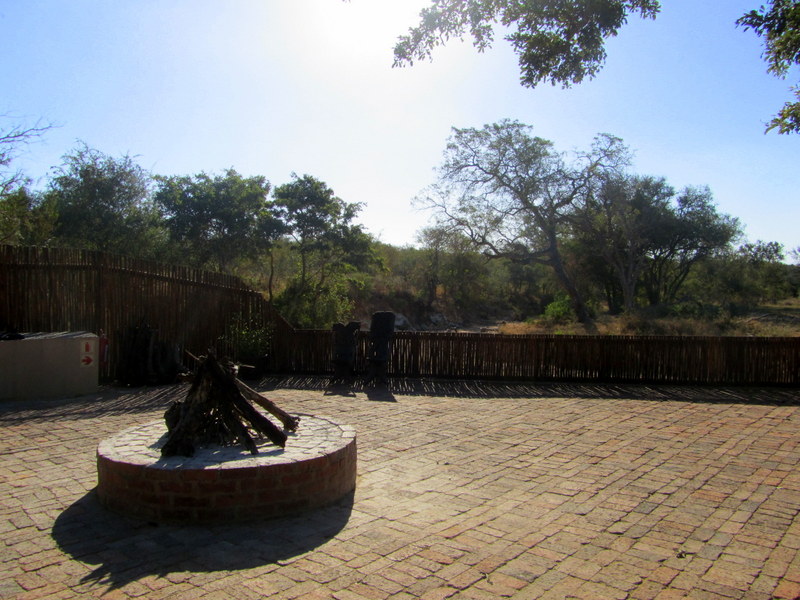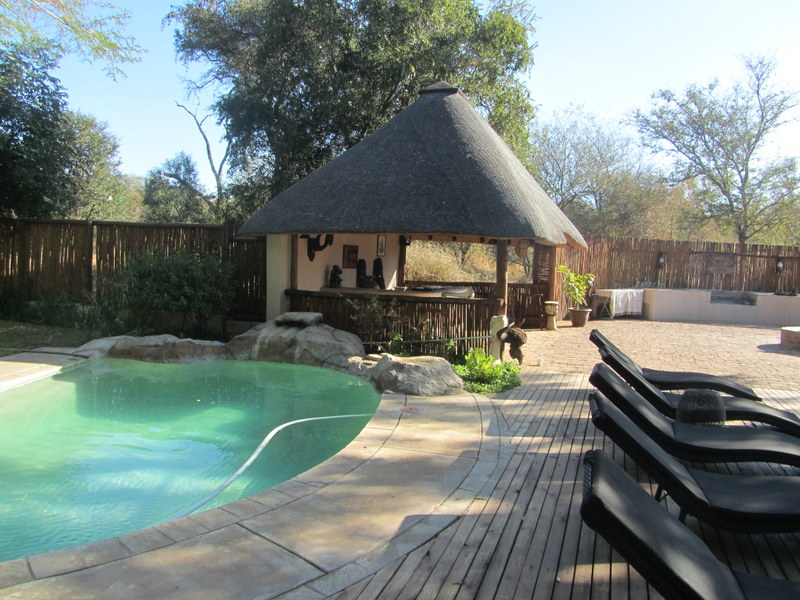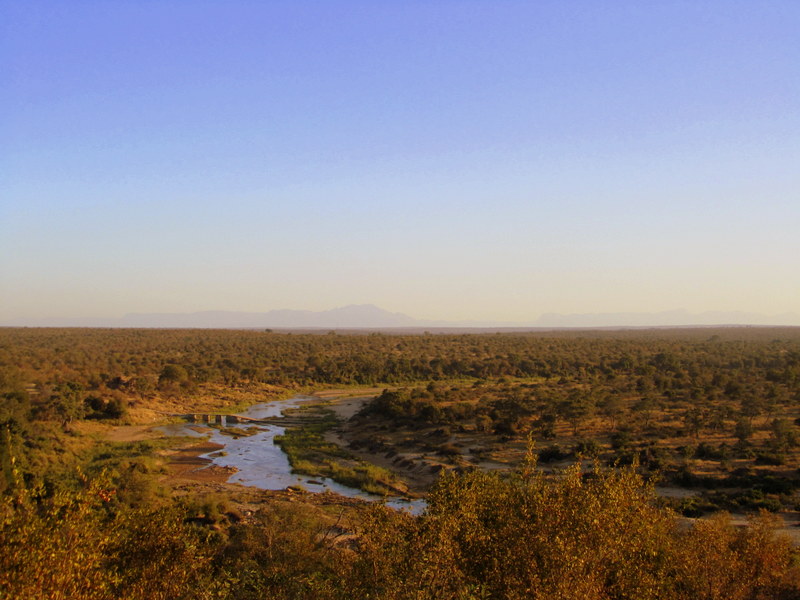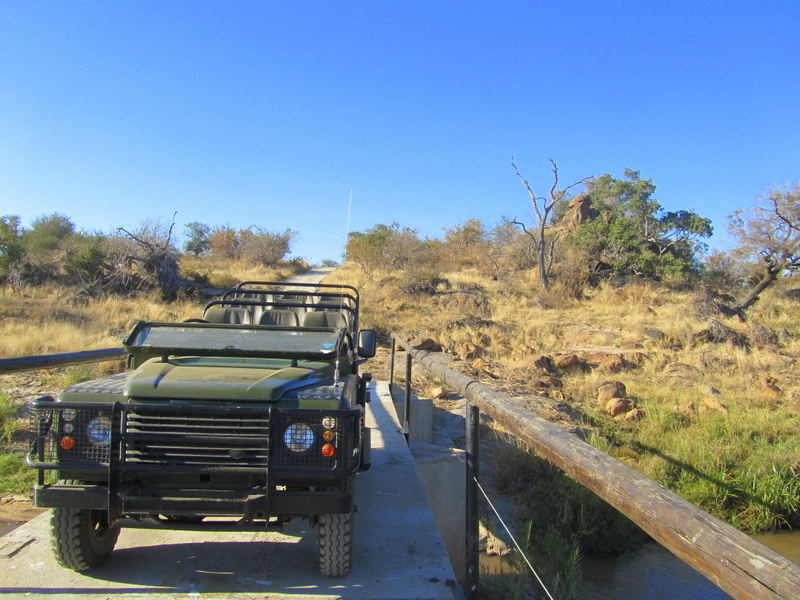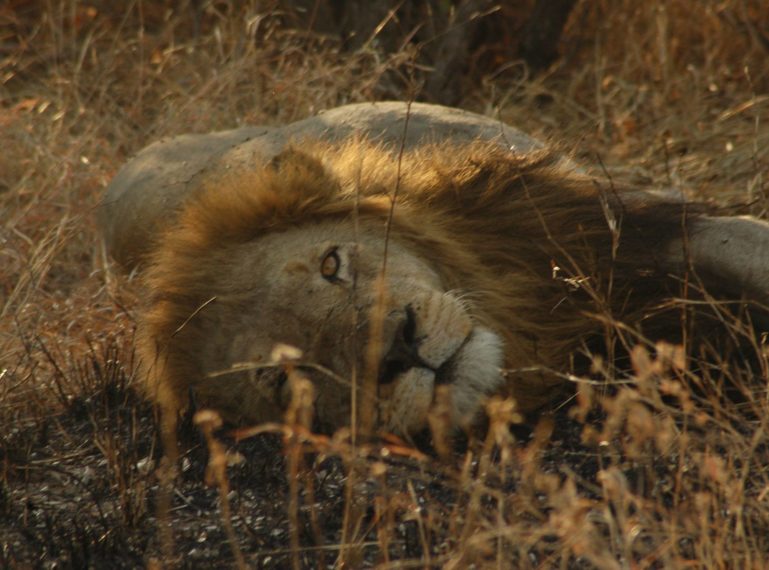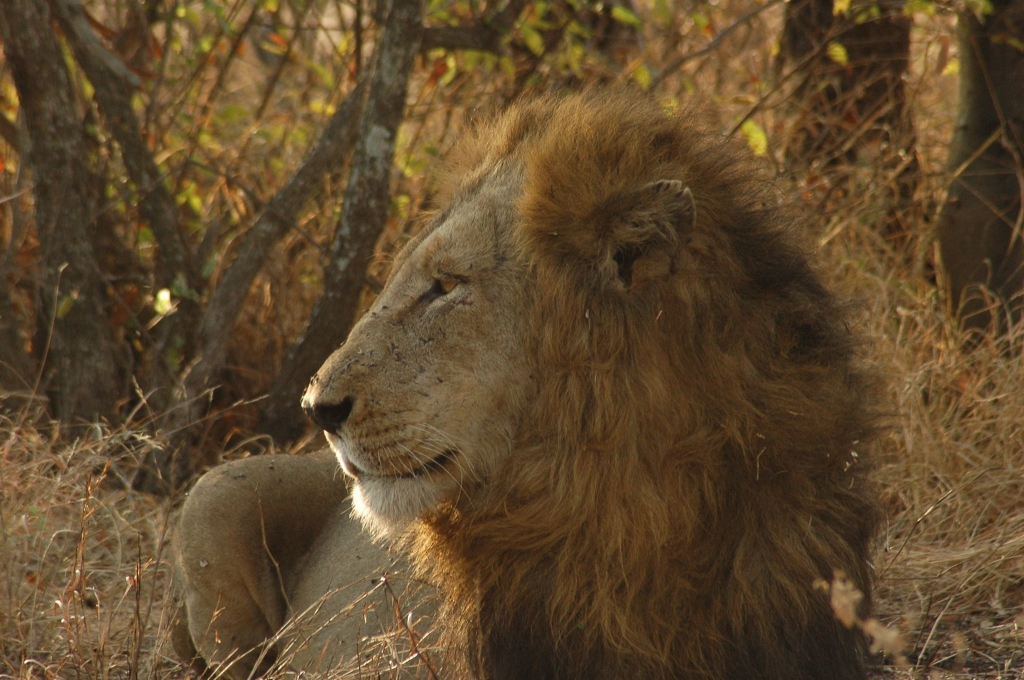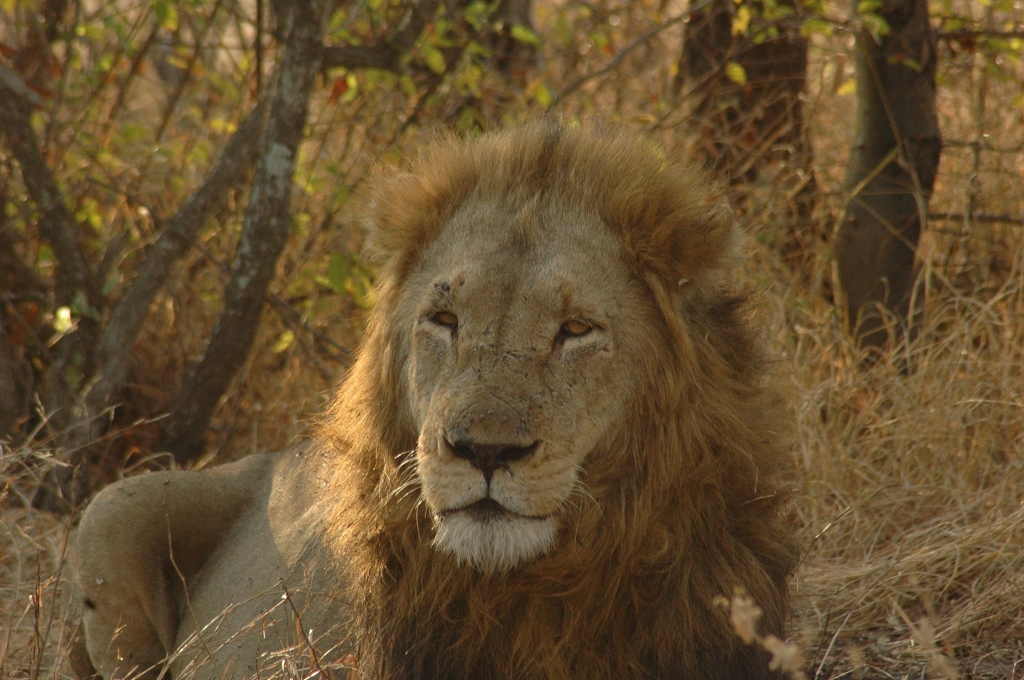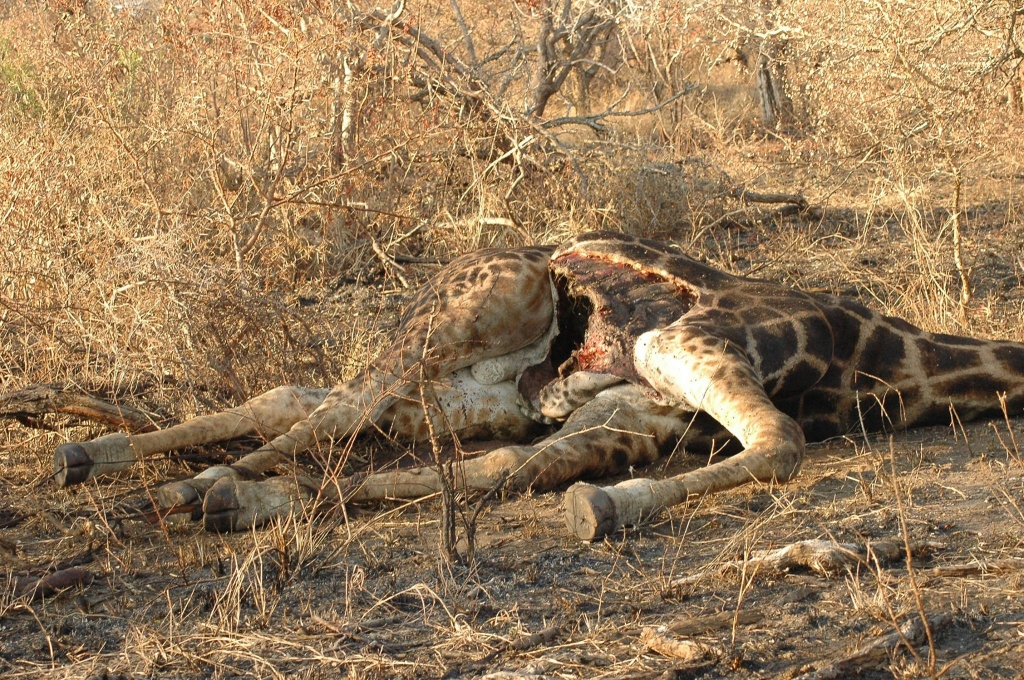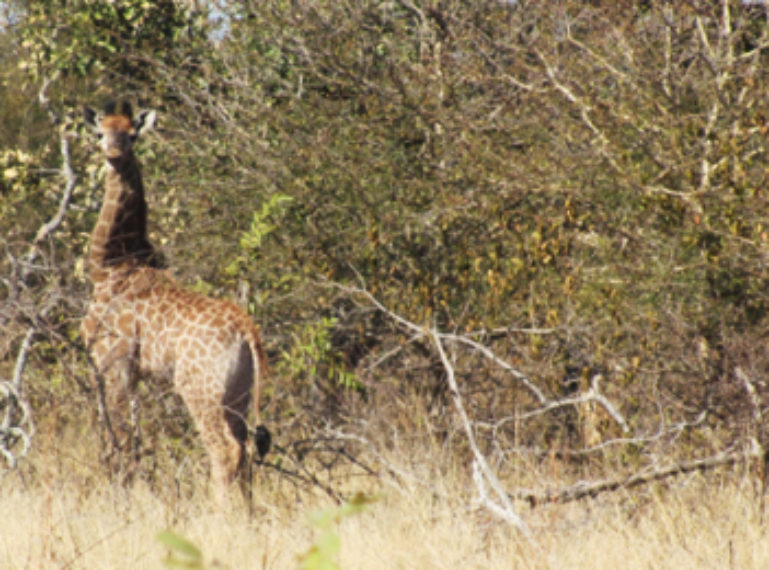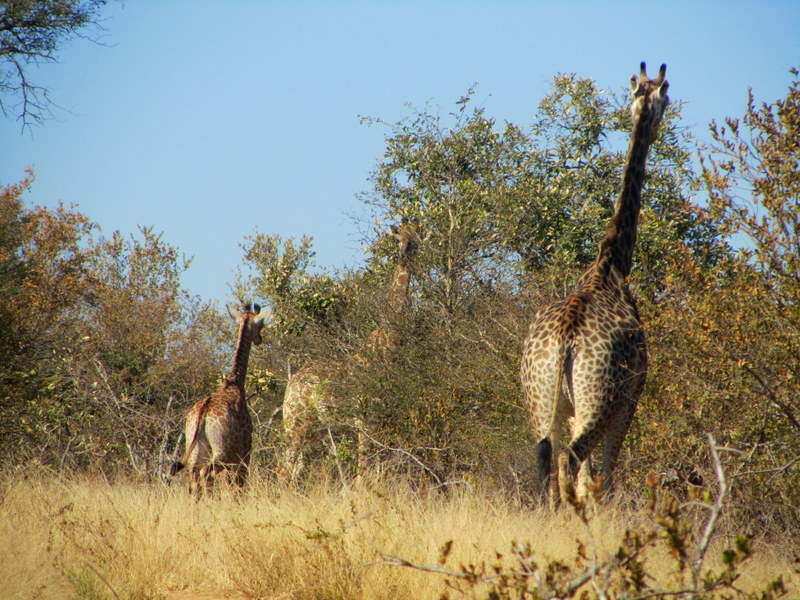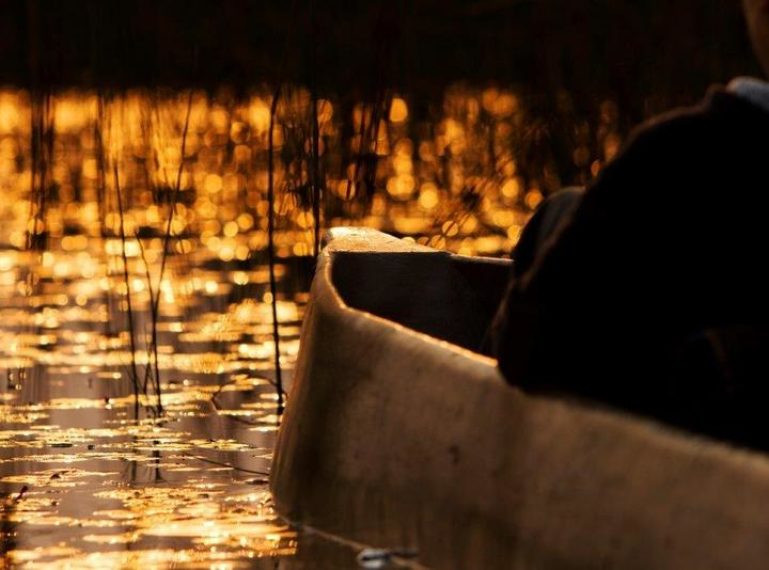
Mapula: One of Botswana’s Hidden Secrets
What stands out most about Mapula Lodge is its prime location in the Delta. The lodge determinedly makes the most of this with a structure that is open and airy, inviting the natural surroundings in through the large, mesh windows and onto the wooden decks. From the bedrooms, the private bathrooms, the lounge, the dining table, the bar, and the pool, views of the lagoon and its reed beds are all-encompassing. It really is a special destination, and what we like to call, one of Botswana’s Hidden Secrets.
Read about Mapula Lodge as described by 2 bloggers in Getaway Magazine and Africa Geographic:
Deep in the Okavango Delta in a pristine, unexplored area lies the intimate Mapula Lodge. Situated on a private concession of 12 000 hectares and bordering the world-famous Moremi Game Reserve, Mapula is perfectly situated for a variety of sightings on a Botswana safari. Professional guides will take you out on a traditional mekoro (a wooden dugout canoe) to enjoy a water safari where you will see hippo and crocodile. Coupled with this, guests can enjoy both morning and evening game drives. Lion, leopard and wild dog have been very active in the area and there is prolific birdlife for keen ornithologists.
In terms of accommodation, this uncomplicated, luxury lodge has seven twin rooms, one double room and one family unit. Mapula has been built as an extension of the environment and exquisite hardwood trees and fig trees provide a natural canopy over the lodge. Rooms have been built on wooden stilts which provide a bird’s eye view of the Okavango Delta. Open-air showers and classic zinc bath tubs complete its rustic atmosphere.
Mapula is your answer for simple luxuries. And yes, high tea is served.
By Carolynne Higgins (read the full article here: Top 5 Places for an Authentic Botswana Safari)
A location as celebrated as the Okavango Delta is sure to have a busy season you might want to avoid, but without missing the height of animal activity. On a private concession, on a tree-filled island all of its own, Mapula Lodge is nestled in a very special part of Botswana. A diversity of game find their homes here, from elephants and lions, to the endangered sable antelope and African wild dog, while Mapula itself overlooks a lagoon full of resident hippos. – See more at: http://africageographic.com/blog/discover-botswanas-hidden-secrets/#sthash.YzQTiW0Z.dpufA location as celebrated as the Okavango Delta is sure to have a busy season you might want to avoid, but without missing the height of animal activity. On a private concession, on a tree-filled island all of its own, Mapula Lodge is nestled in a very special part of Botswana. A diversity of game find their homes here, from elephants and lions, to the endangered sable antelope and African wild dog, while Mapula itself overlooks a lagoon full of resident hippos. – See more at: http://africageographic.com/blog/discover-botswanas-hidden-secrets/#sthash.YzQTiW0Z.dpufBy Carolynne Higgins (read the full article here: Top 5 Places for an Authentic Botswana Safari)A location as celebrated as the Okavango Delta is sure to have a busy season you might want to avoid, but without missing the height of animal activity. On a private concession, on a tree-filled island all of its own, Mapula Lodge is nestled in a very special part of Botswana. A diversity of game find their homes here, from elephants and lions, to the endangered sable antelope and African wild dog, while Mapula itself overlooks a lagoon full of resident hippos.
This is remote, this is hidden, and this is where you and your family will enjoy a private safari, absorbing nature and being exposed to the kindness of the local people. Mapula is owner-run and staffed by local men and women, affectionately referred to as the River Bushmen. Their knowledge and experience of this secret location is learned from childhood. Rustic, earthy, and secluded are three words one could use to describe Mapula, while the experience it offers is unrivalled.
By Chloe Cooper (read the full article here: Discover Botswana’s Hidden Secrets)
(Get a sneak peek of Mapula Lodge here)
A location as celebrated as the Okavango Delta is sure to have a busy season you might want to avoid, but without missing the height of animal activity. On a private concession, on a tree-filled island all of its own, Mapula Lodge is nestled in a very special part of Botswana. A diversity of game find their homes here, from elephants and lions, to the endangered sable antelope and African wild dog, while Mapula itself overlooks a lagoon full of resident hippos. – See more at: http://africageographic.com/blog/discover-botswanas-hidden-secrets/#sthash.YzQTiW0Z.dpufA location as celebrated as the Okavango Delta is sure to have a busy season you might want to avoid, but without missing the height of animal activity. On a private concession, on a tree-filled island all of its own, Mapula Lodge is nestled in a very special part of Botswana. A diversity of game find their homes here, from elephants and lions, to the endangered sable antelope and African wild dog, while Mapula itself overlooks a lagoon full of resident hippos. – See more at: http://africageographic.com/blog/discover-botswanas-hidden-secrets/#sthash.YzQTiW0Z.dpufA location as celebrated as the Okavango Delta is sure to have a busy season you might want to avoid, but without missing the height of animal activity. On a private concession, on a tree-filled island all of its own, Mapula Lodge is nestled in a very special part of Botswana. A diversity of game find their homes here, from elephants and lions, to the endangered sable antelope and African wild dog, while Mapula itself overlooks a lagoon full of resident hippos. – See more at: http://africageographic.com/blog/discover-botswanas-hidden-secrets/#sthash.YzQTiW0Z.dpufA location as celebrated as the Okavango Delta is sure to have a busy season you might want to avoid, but without missing the height of animal activity. On a private concession, on a tree-filled island all of its own, Mapula Lodge is nestled in a very special part of Botswana. A diversity of game find their homes here, from elephants and lions, to the endangered sable antelope and African wild dog, while Mapula itself overlooks a lagoon full of resident hippos. – See more at: http://africageographic.com/blog/discover-botswanas-hidden-secrets/#sthash.YzQTiW0Z.dpuf
